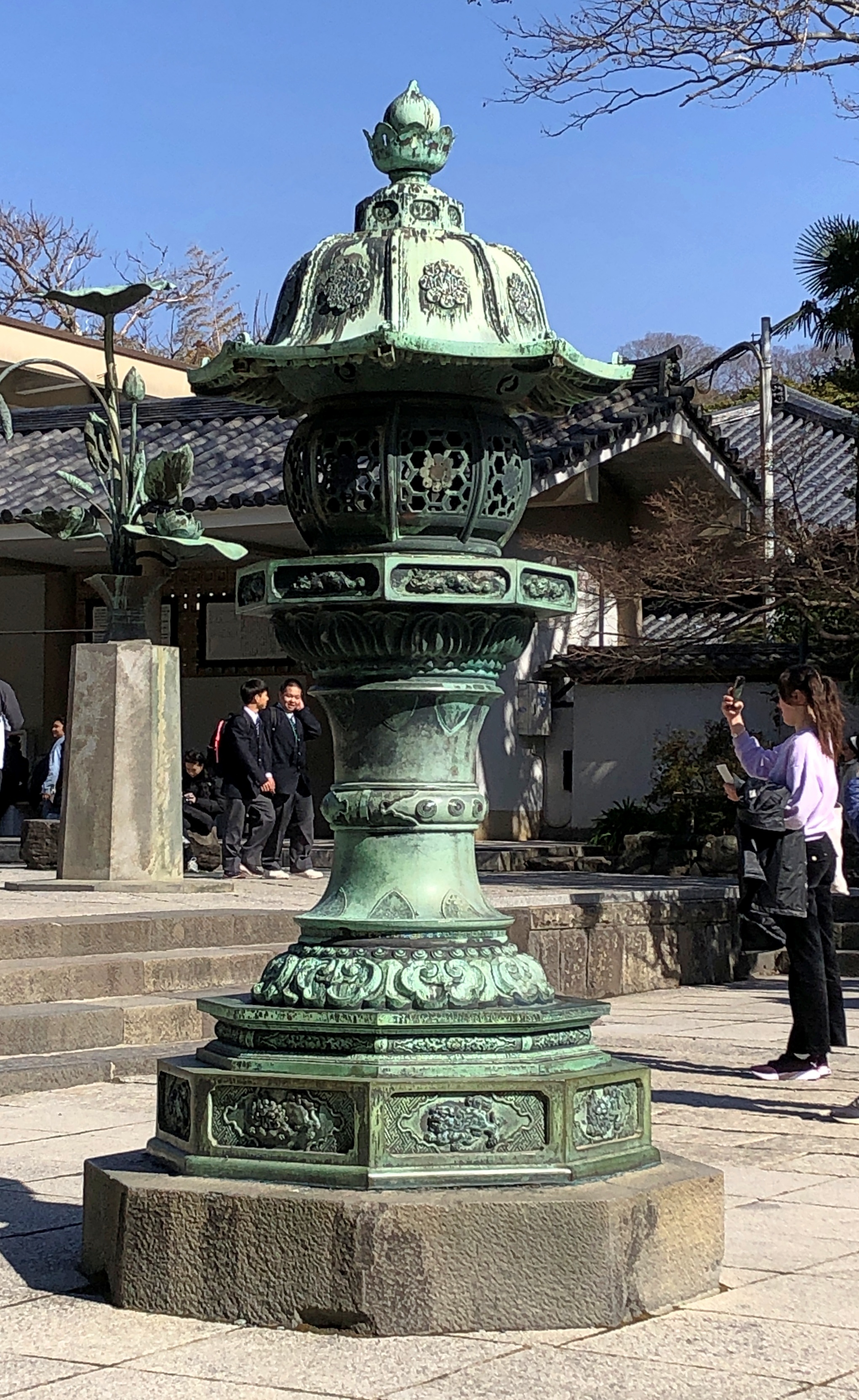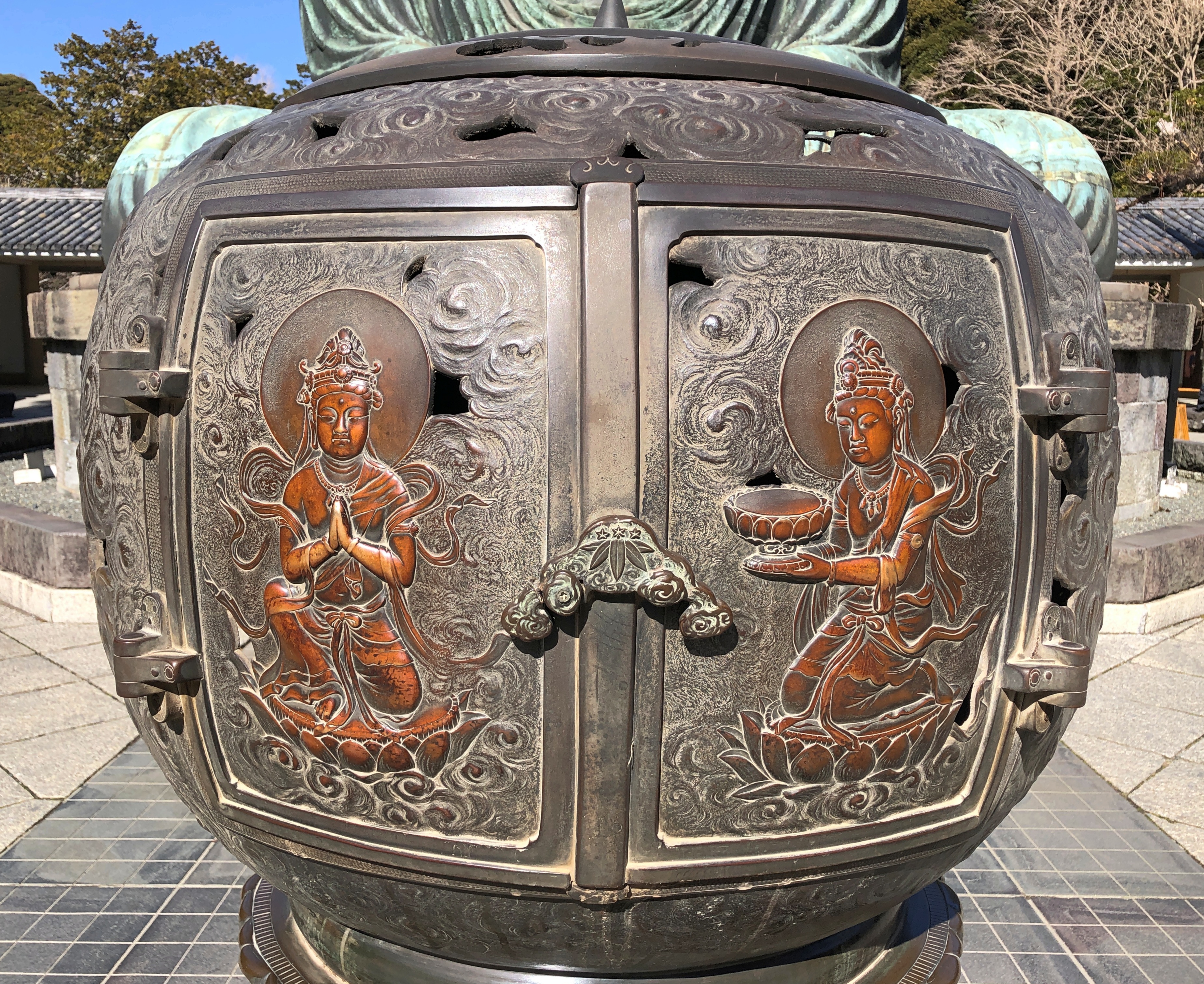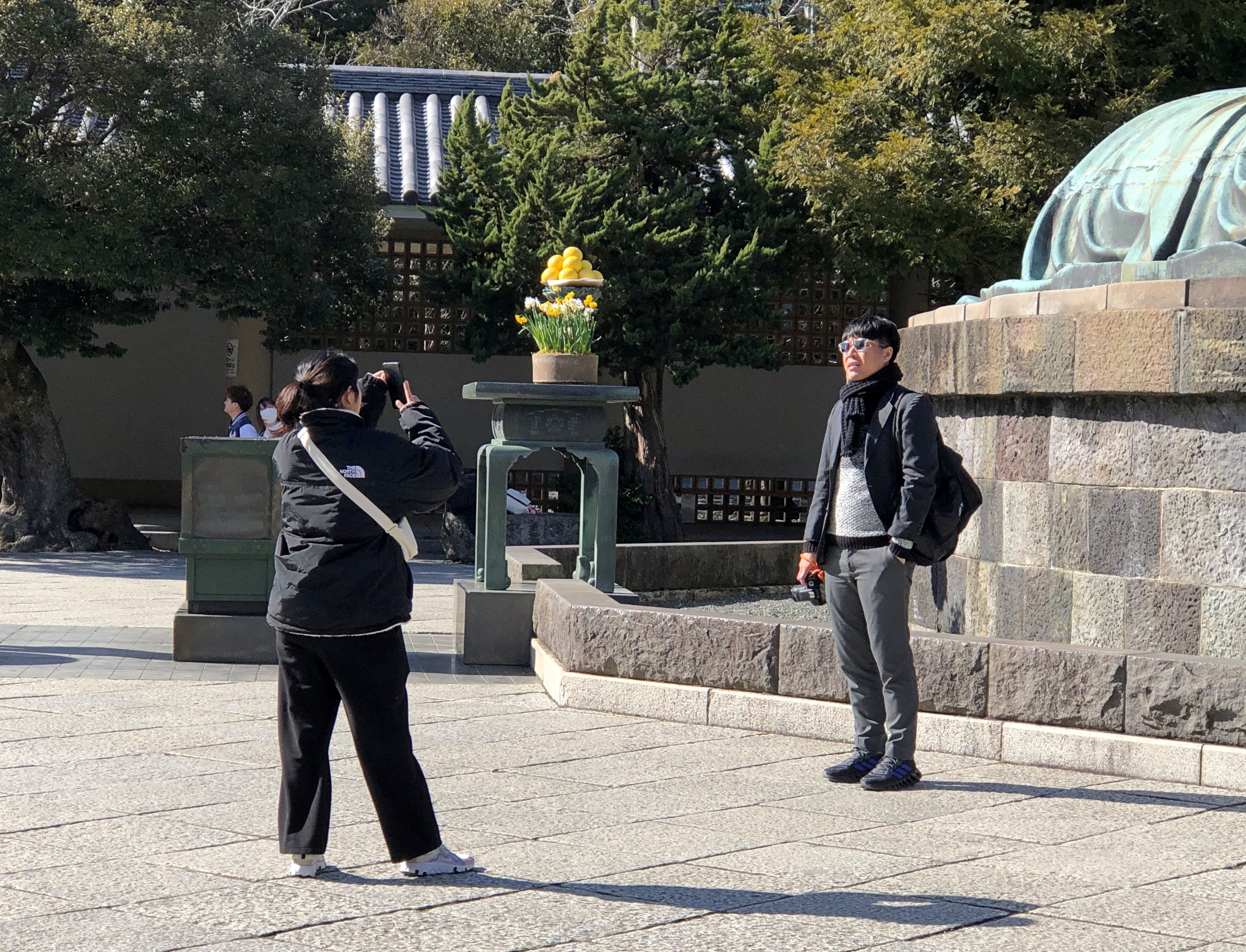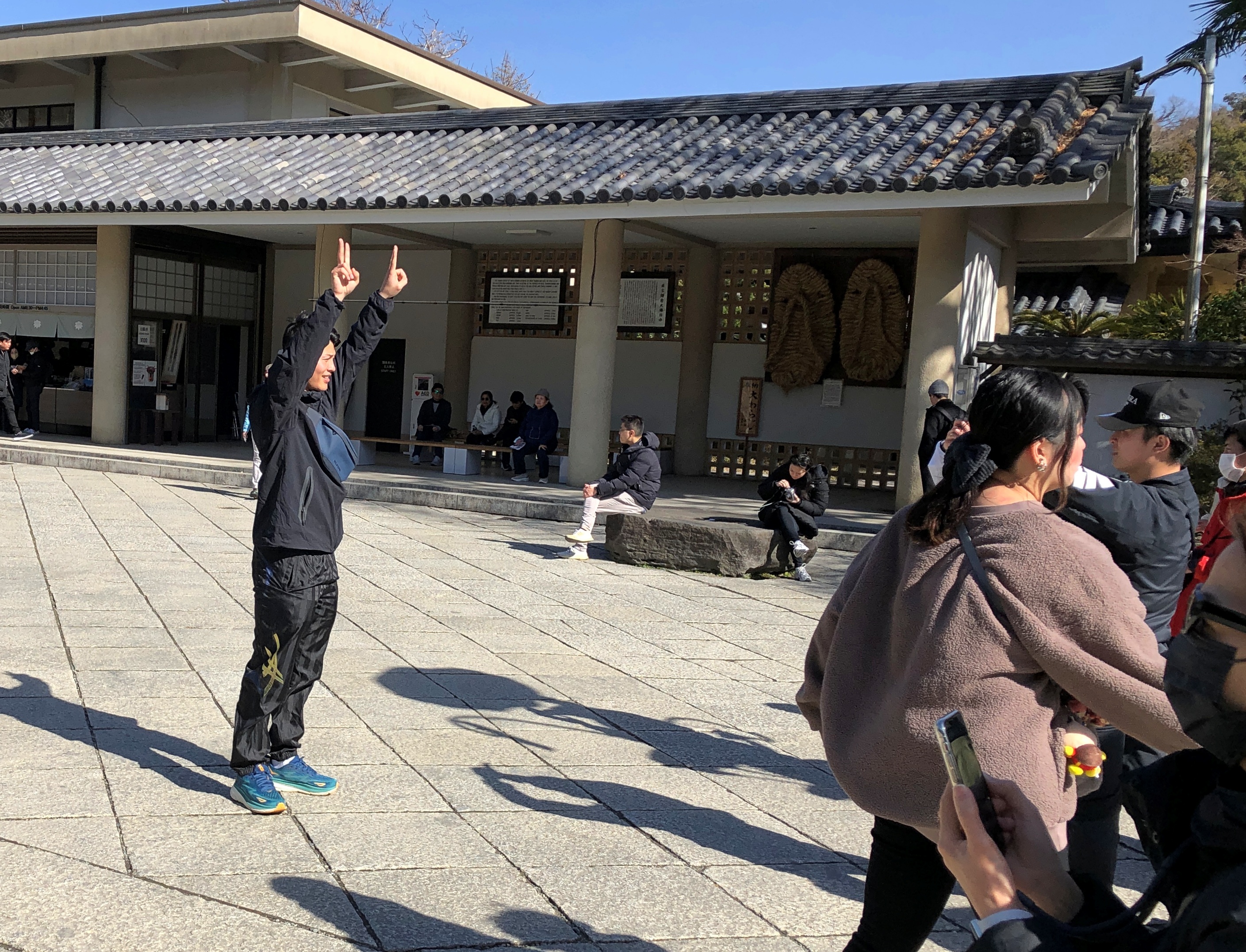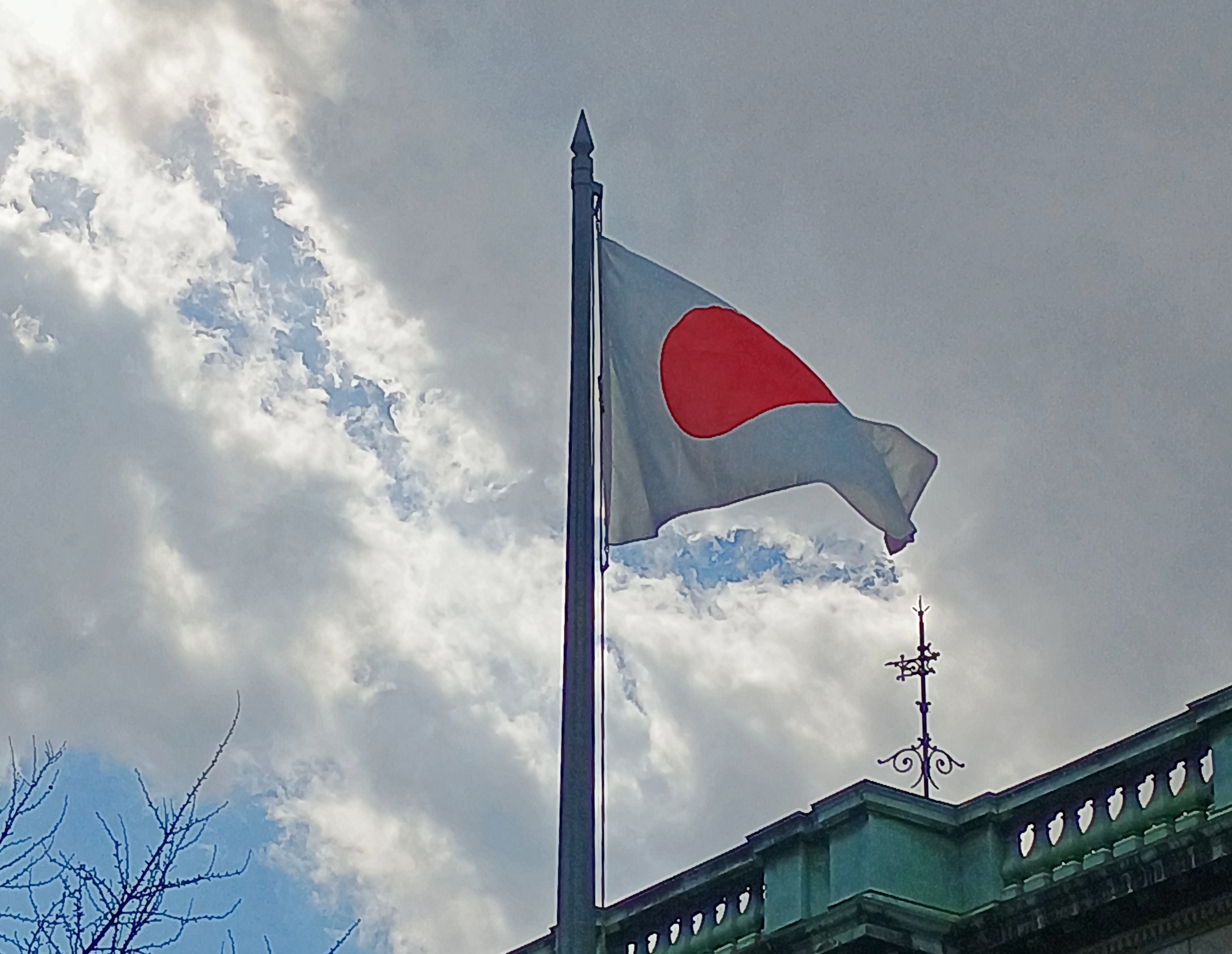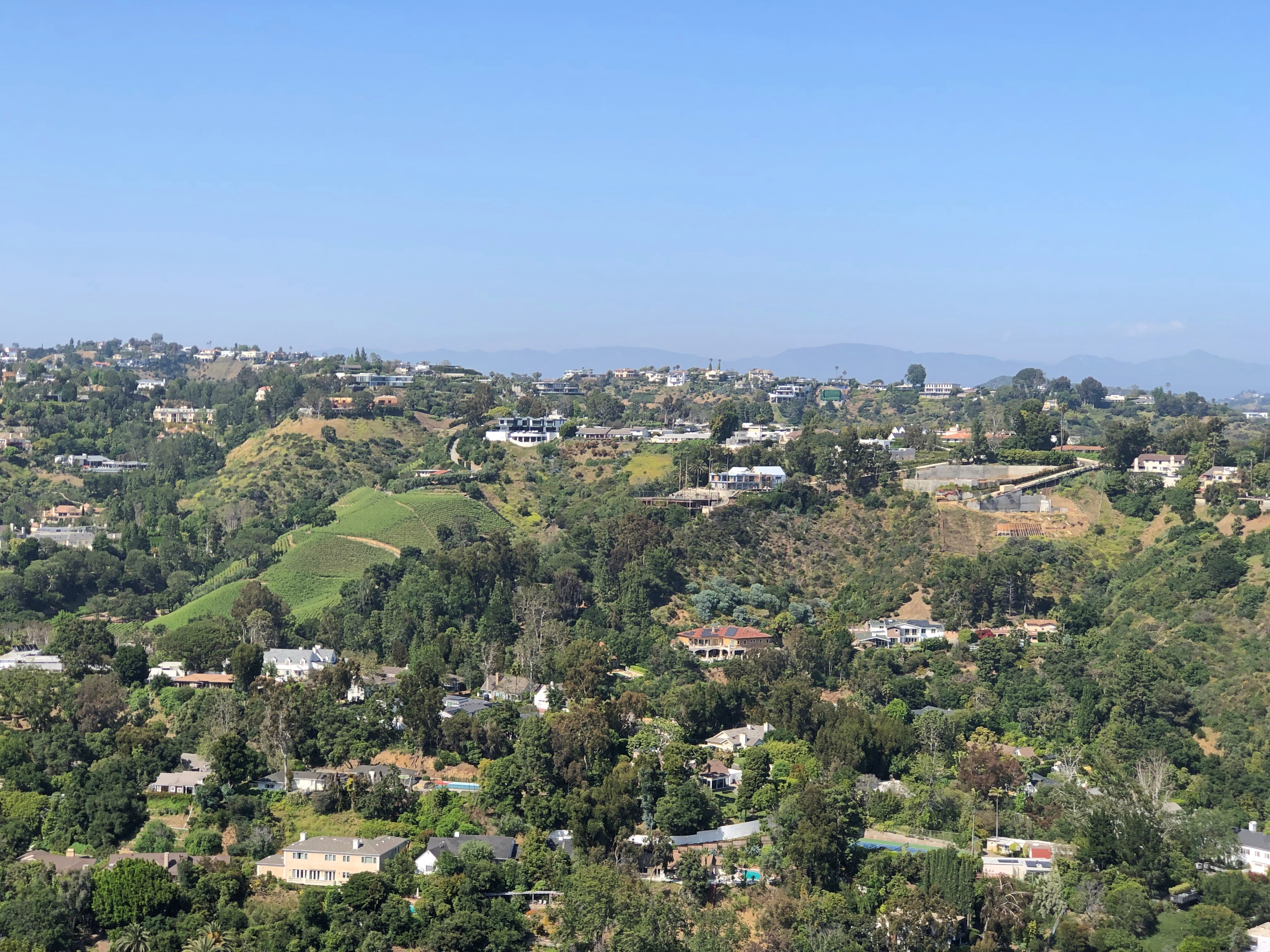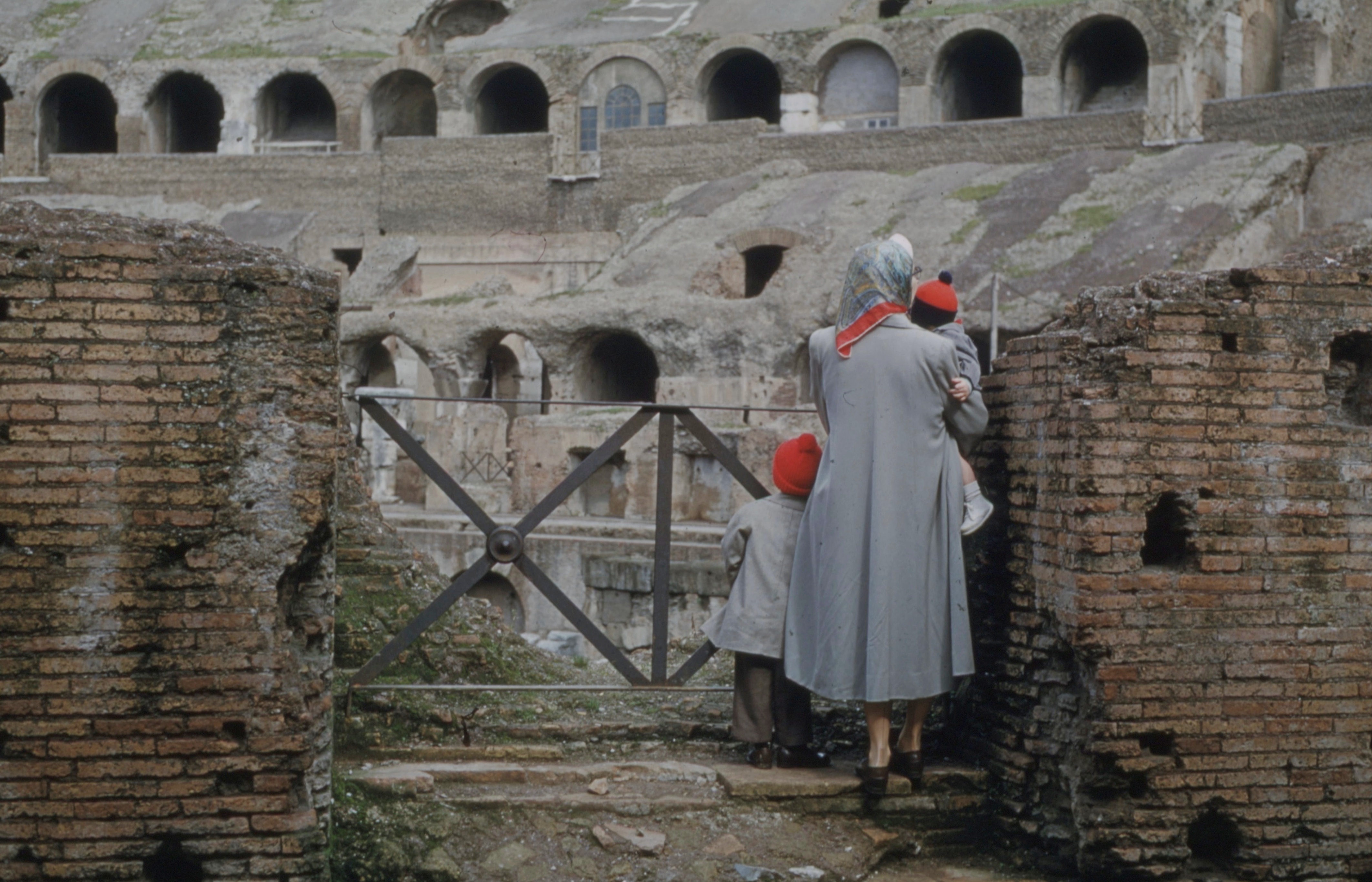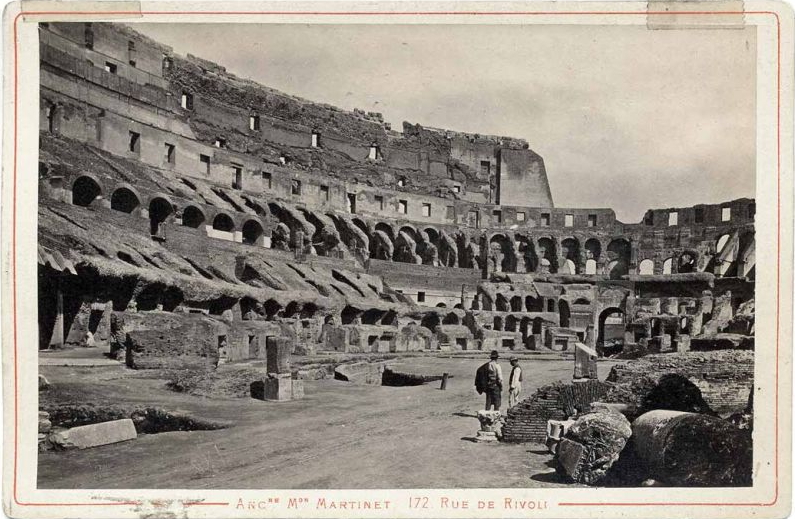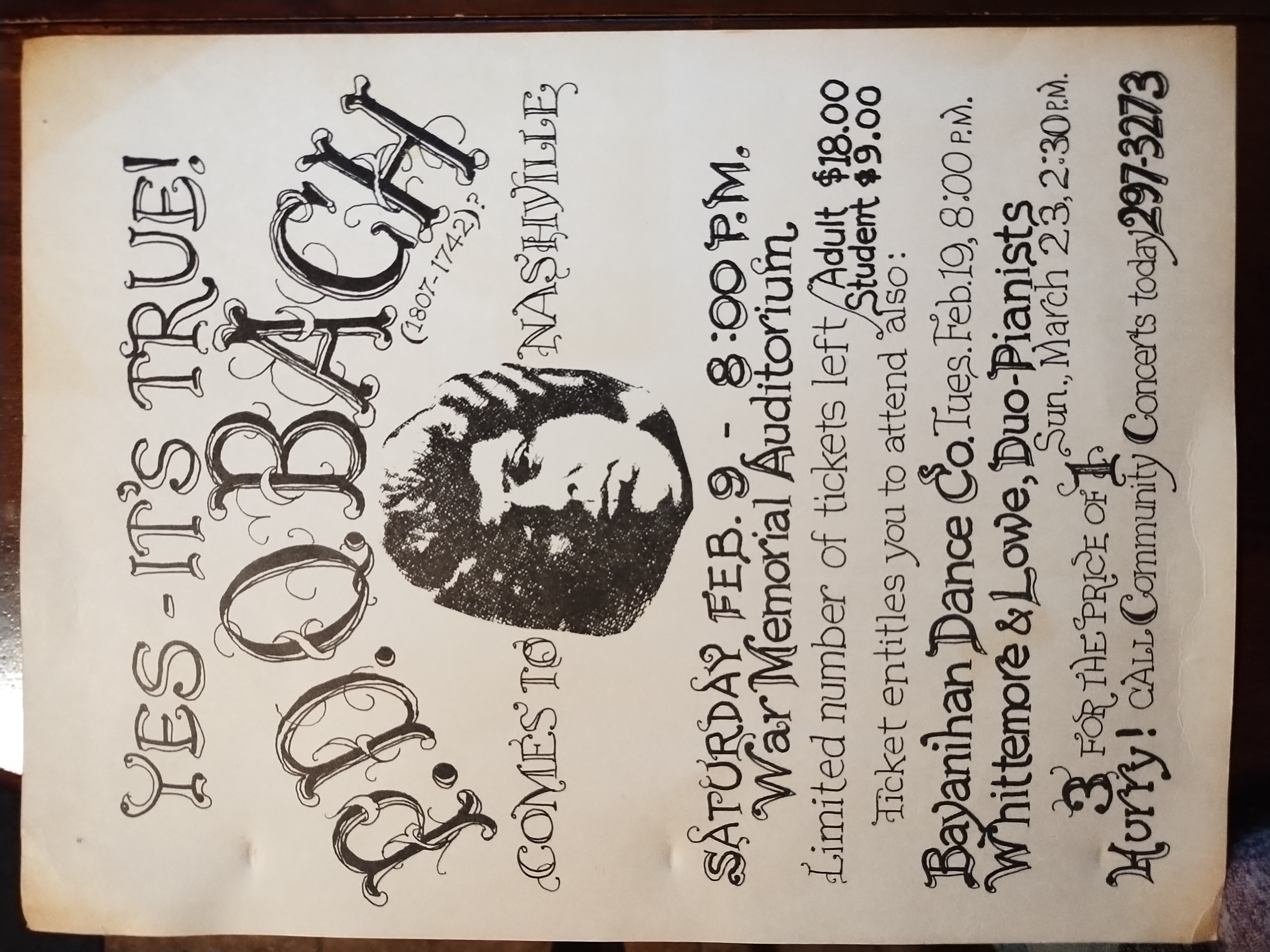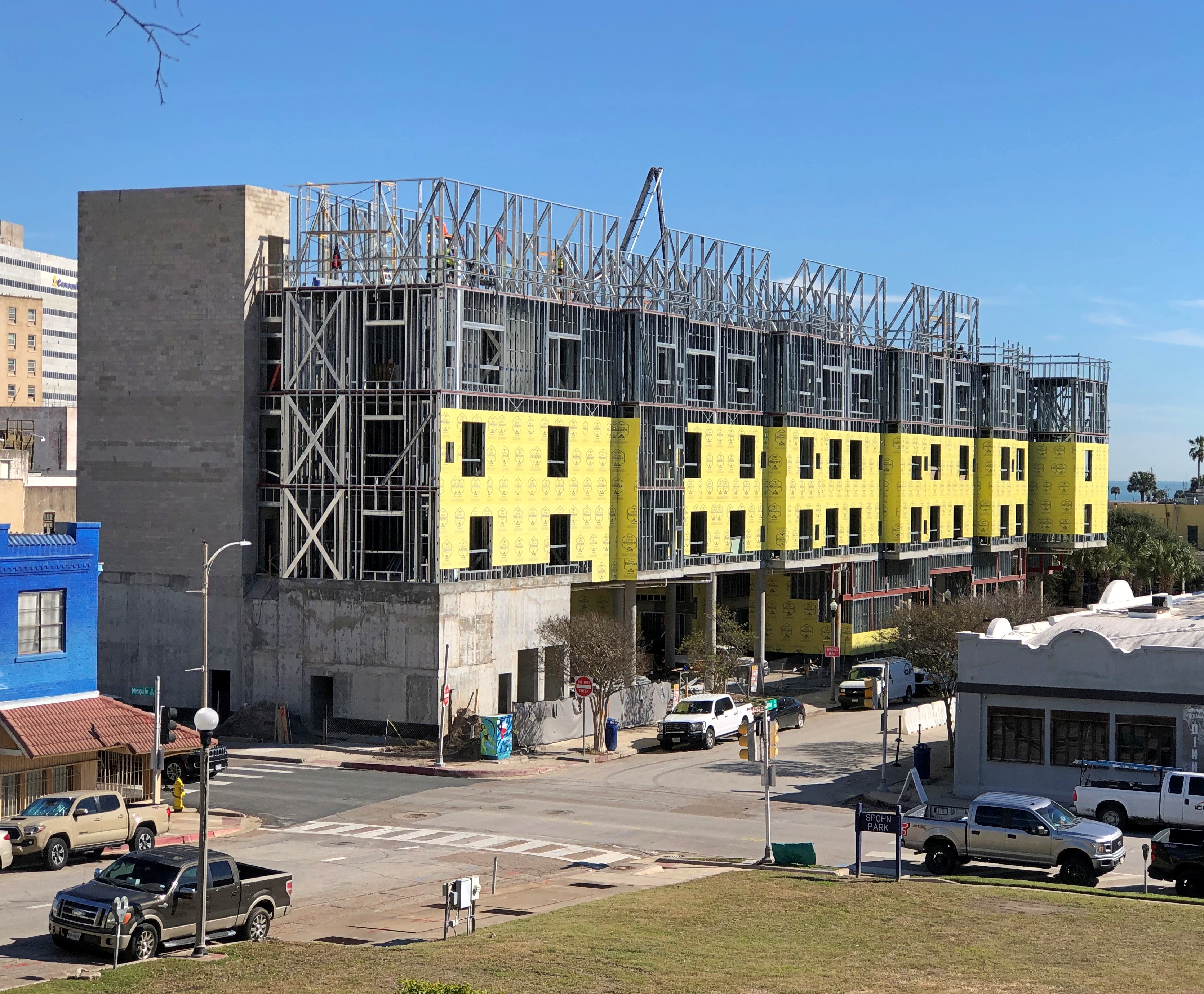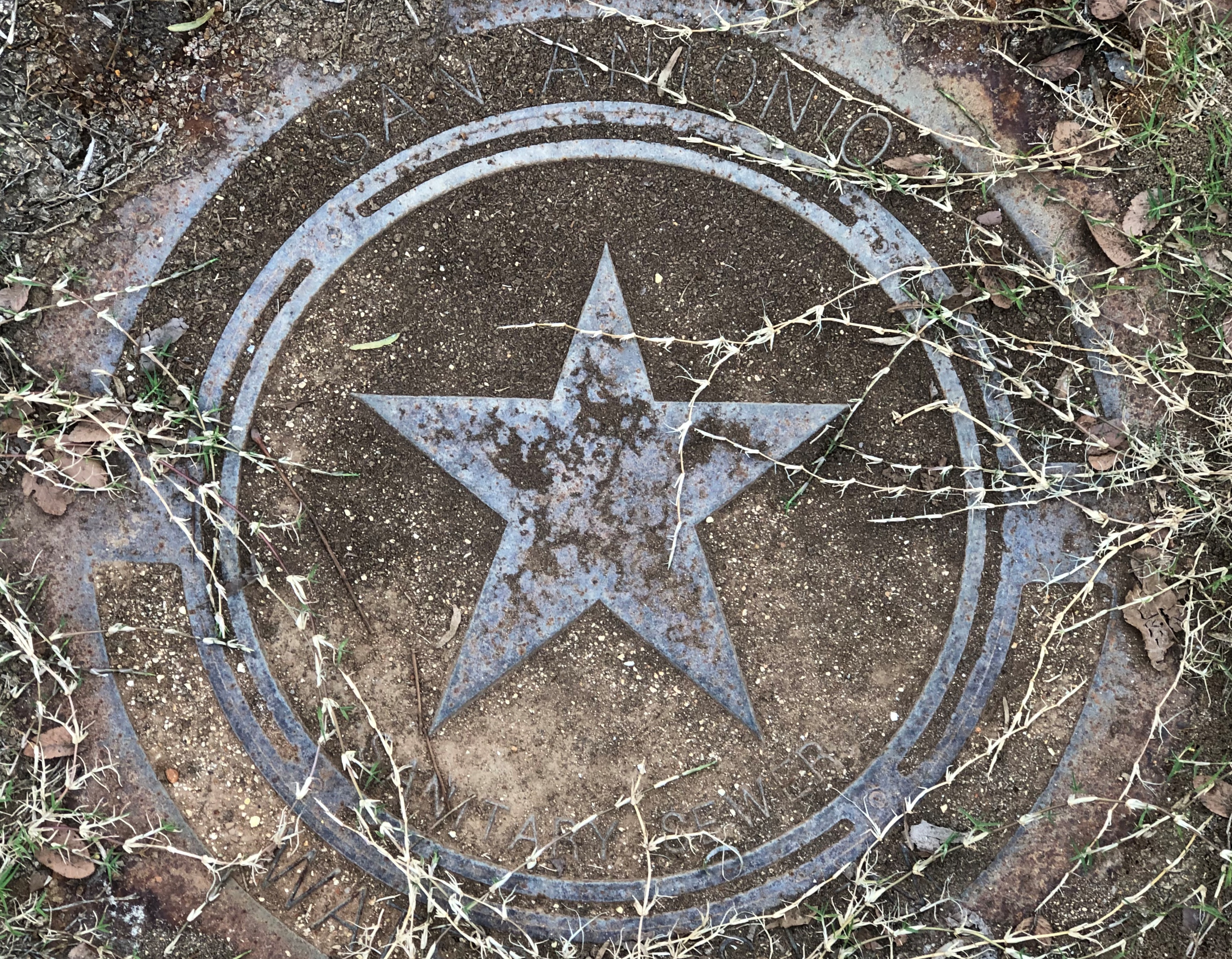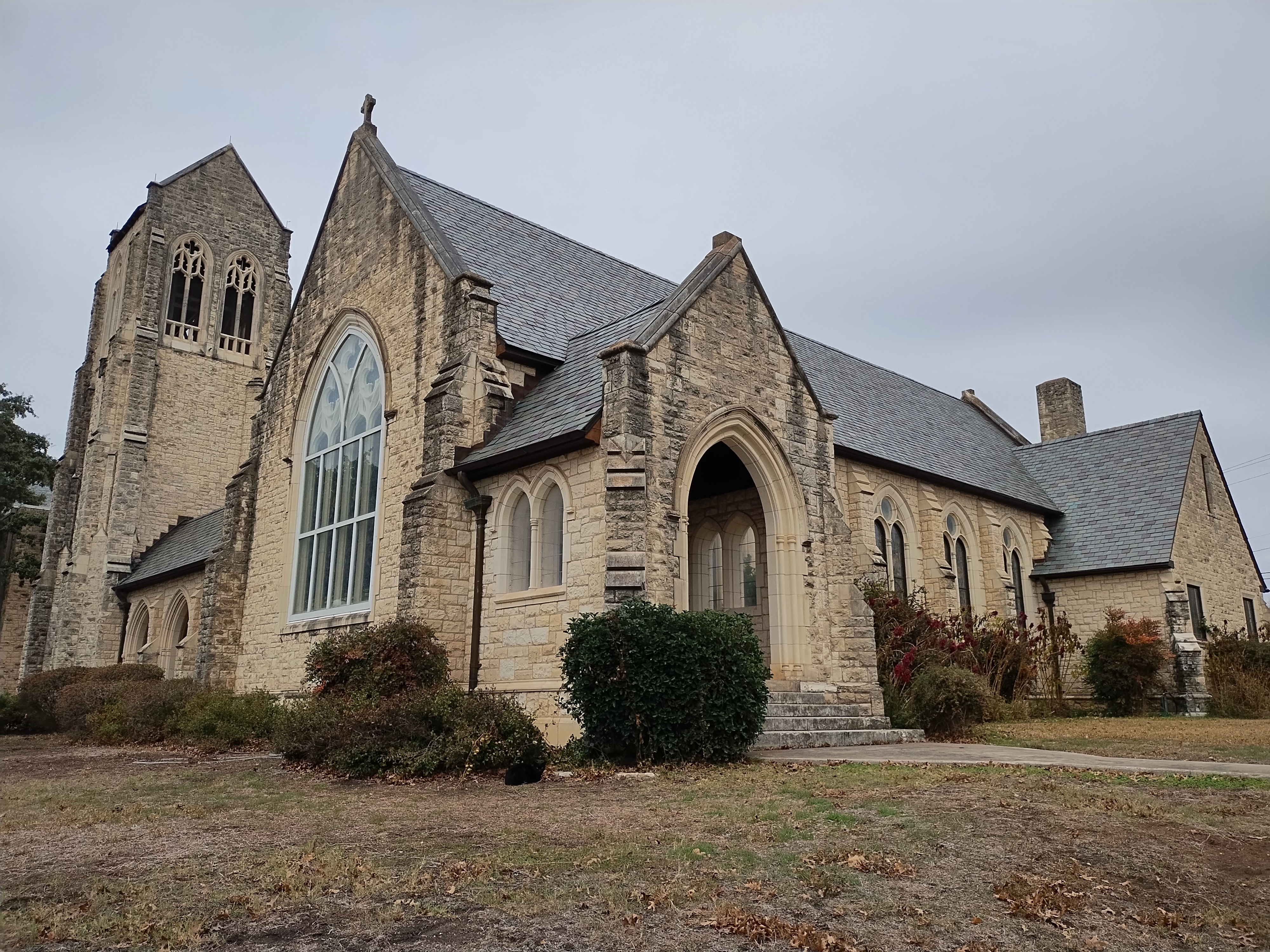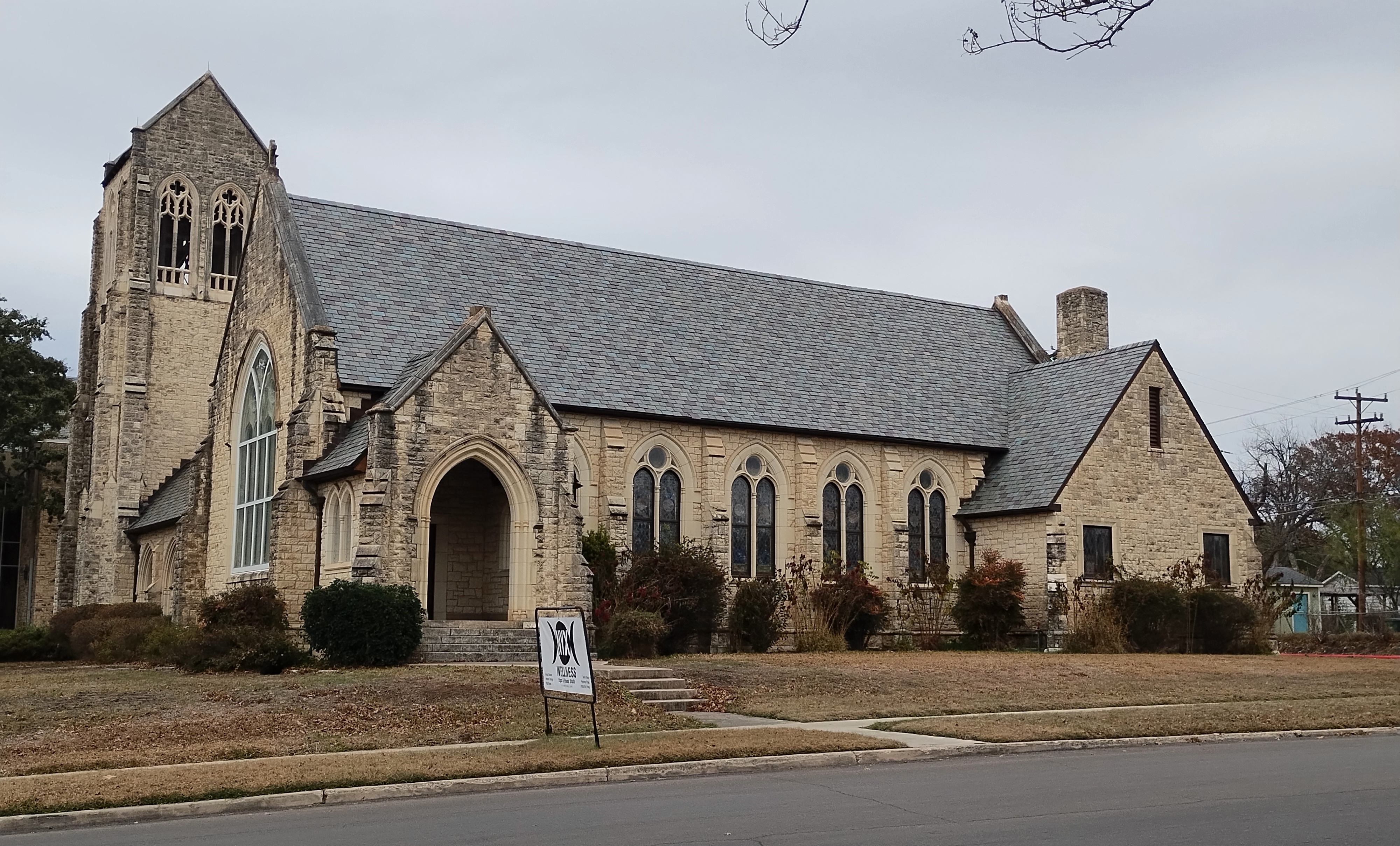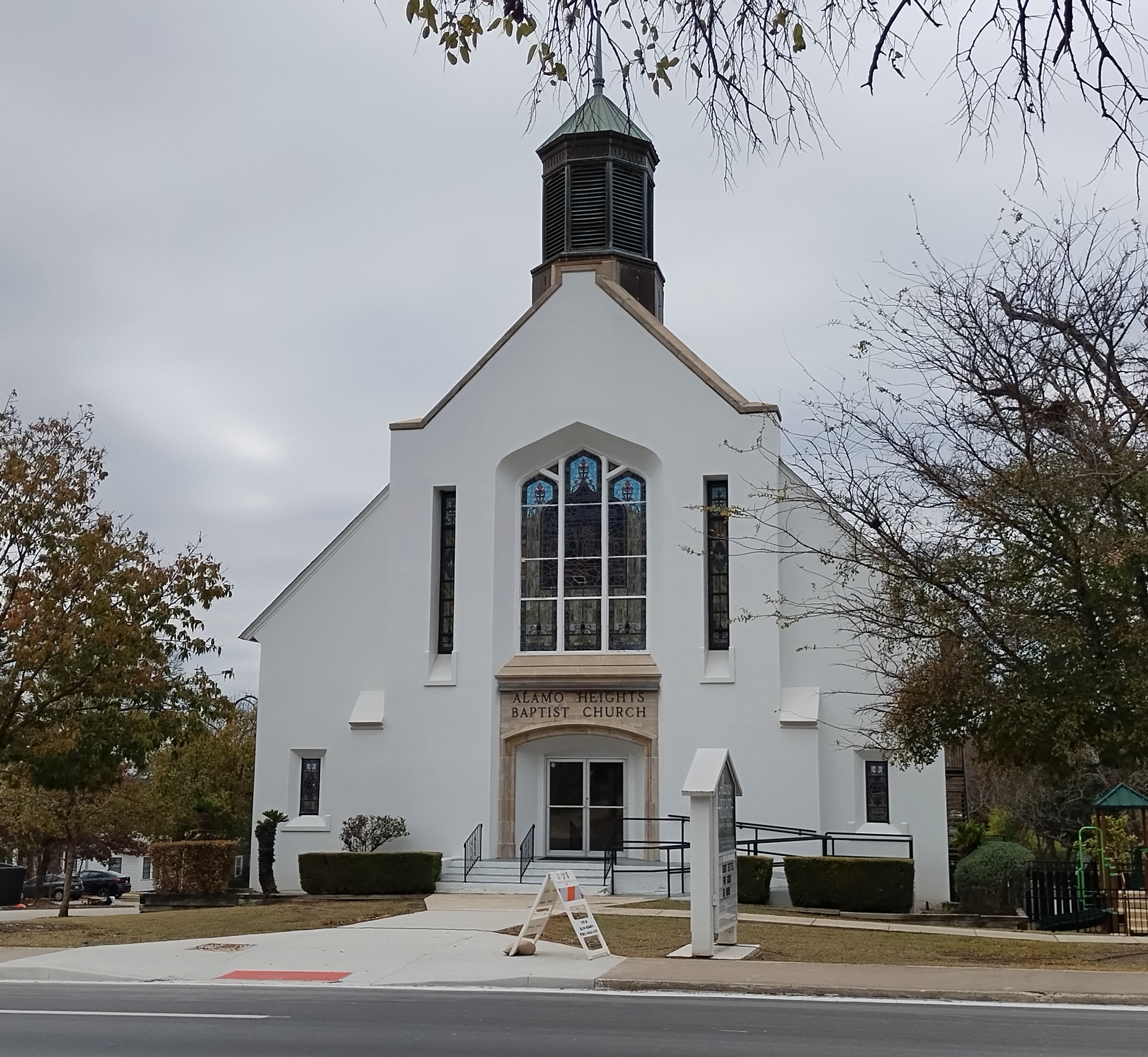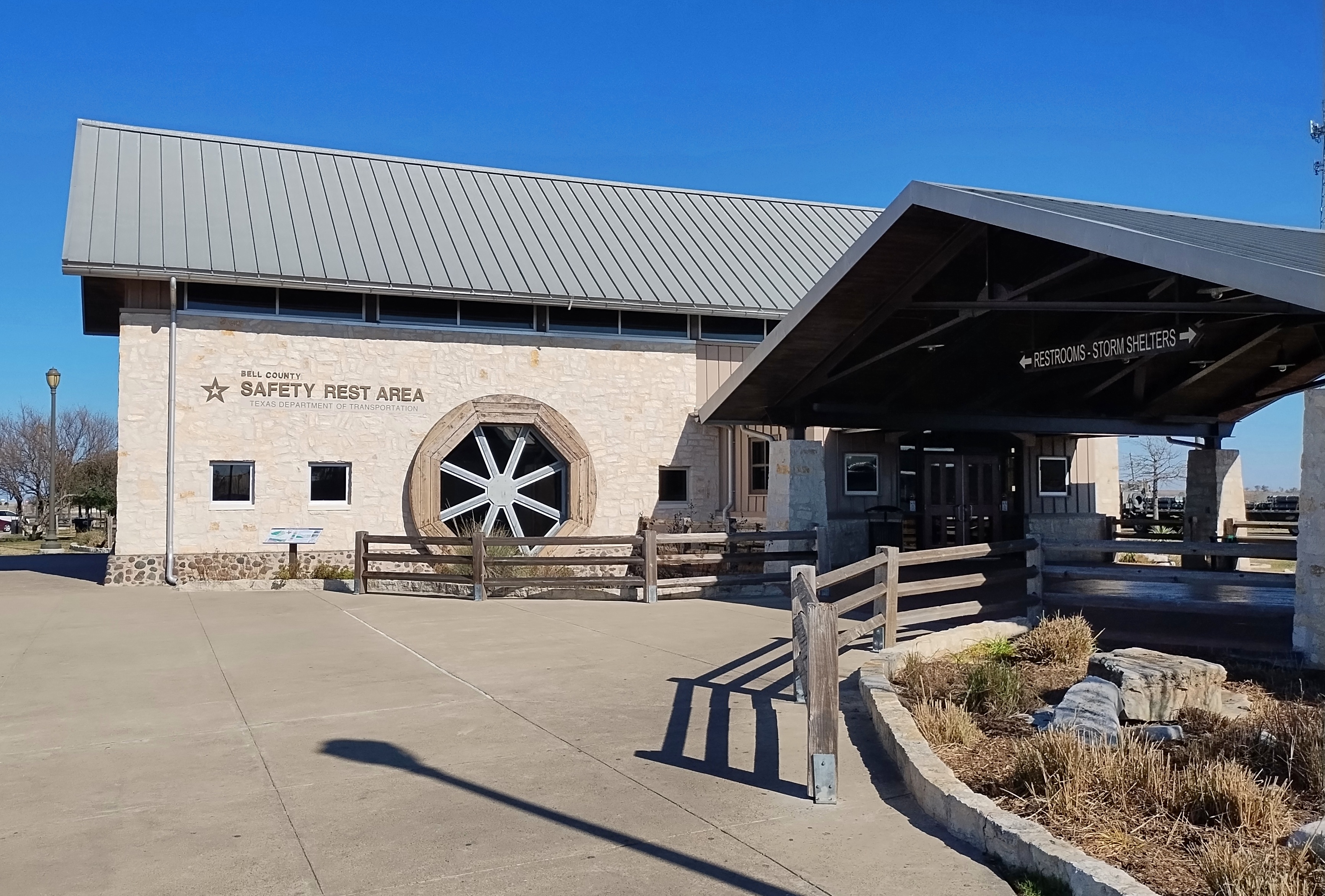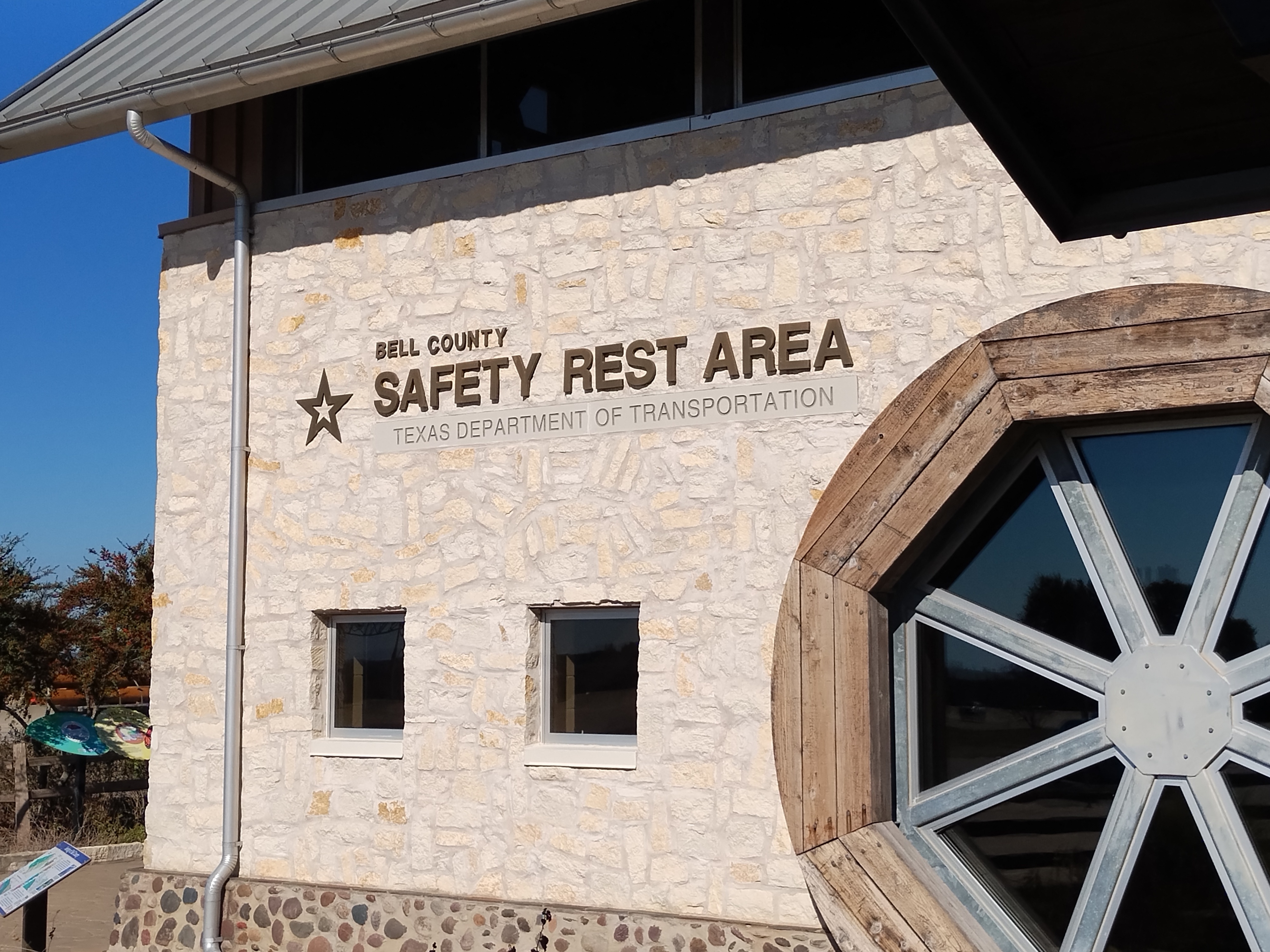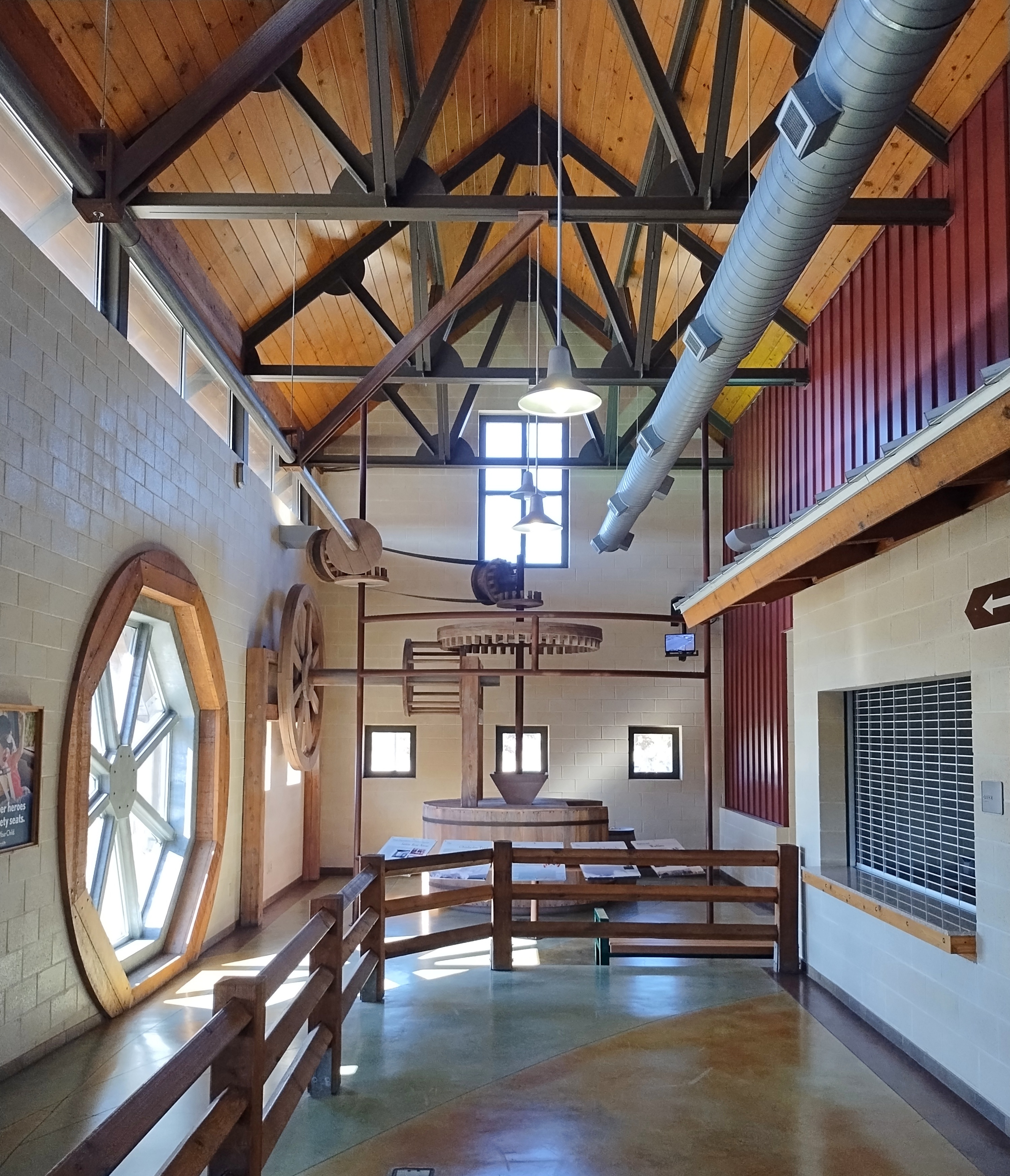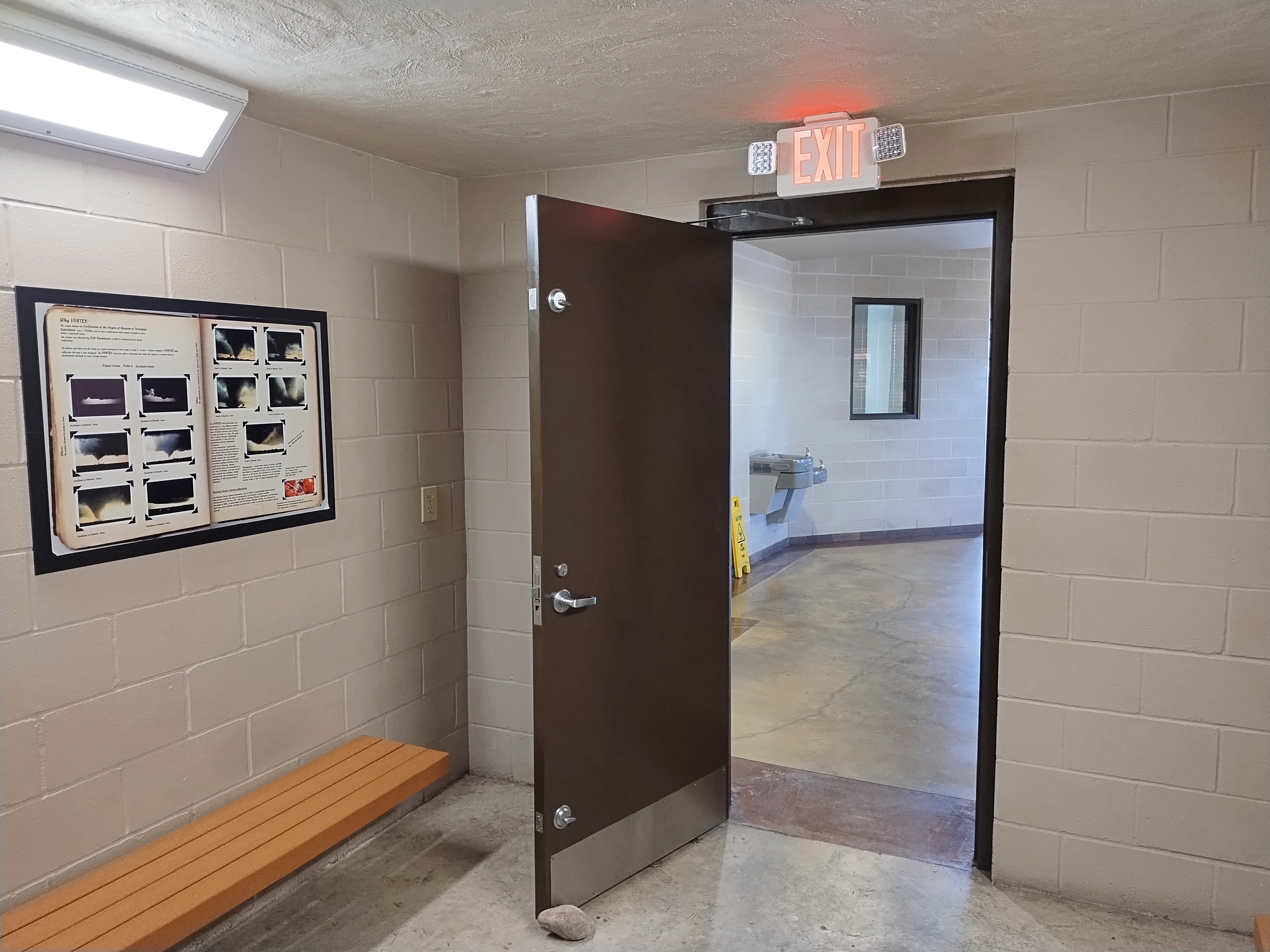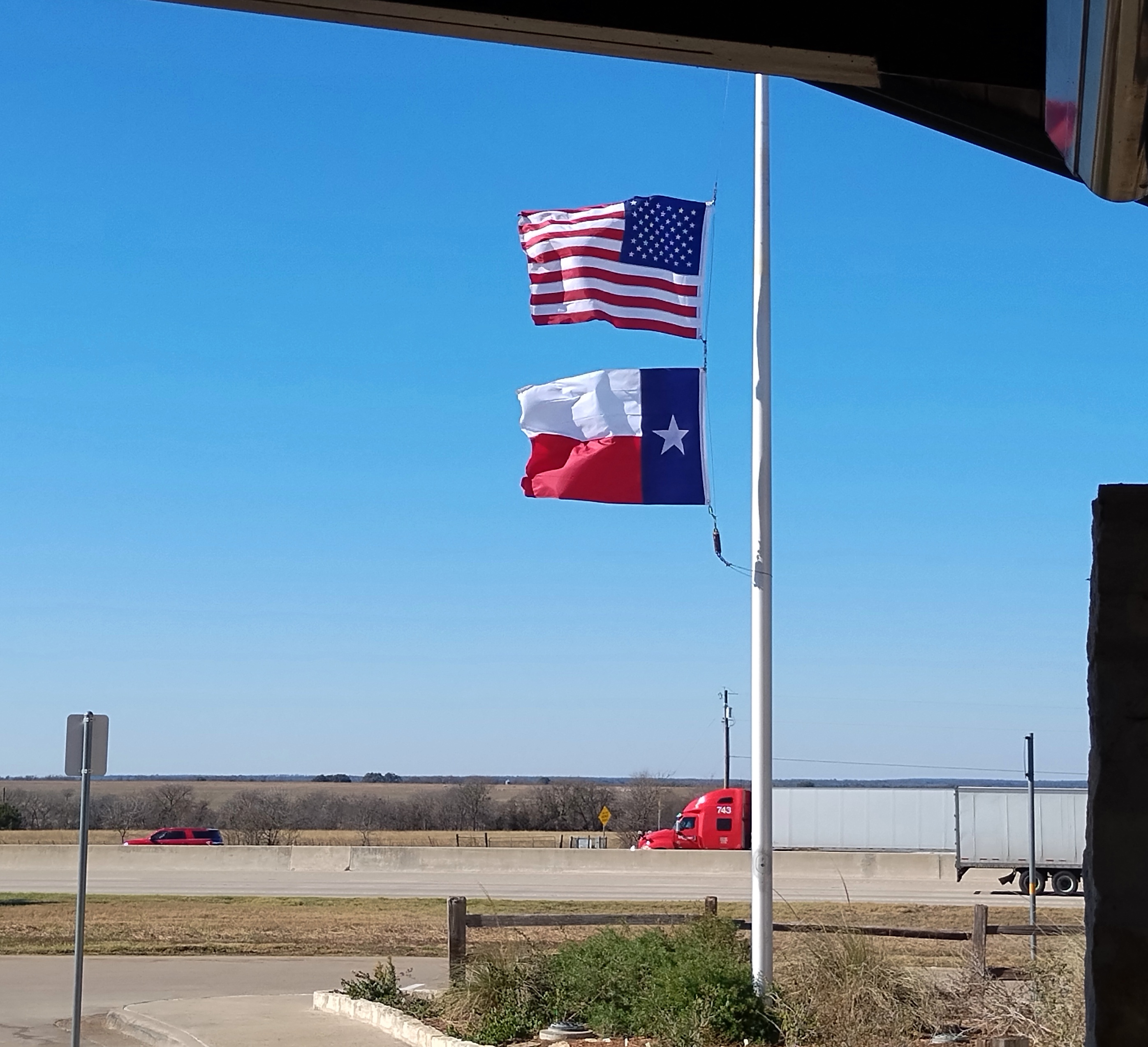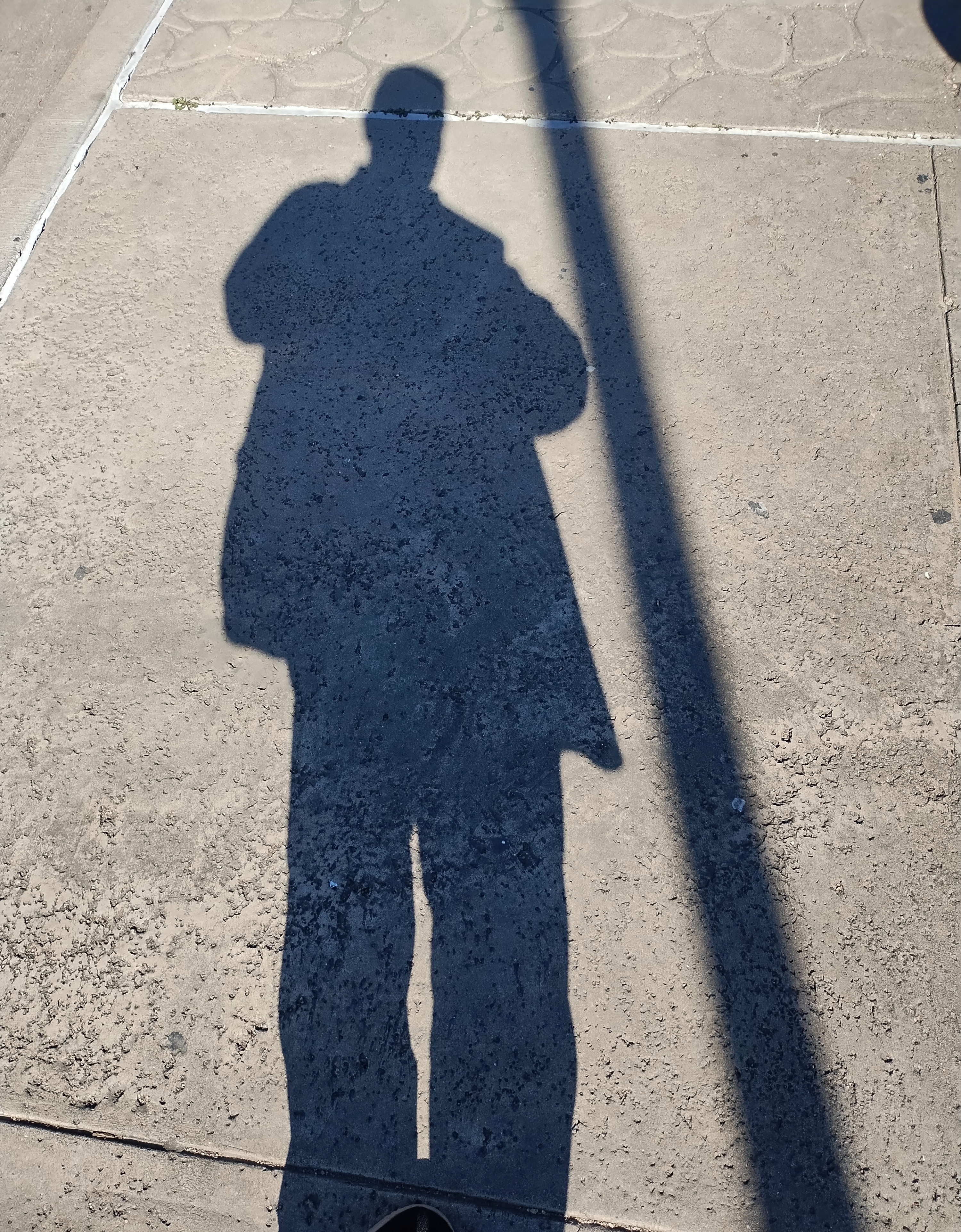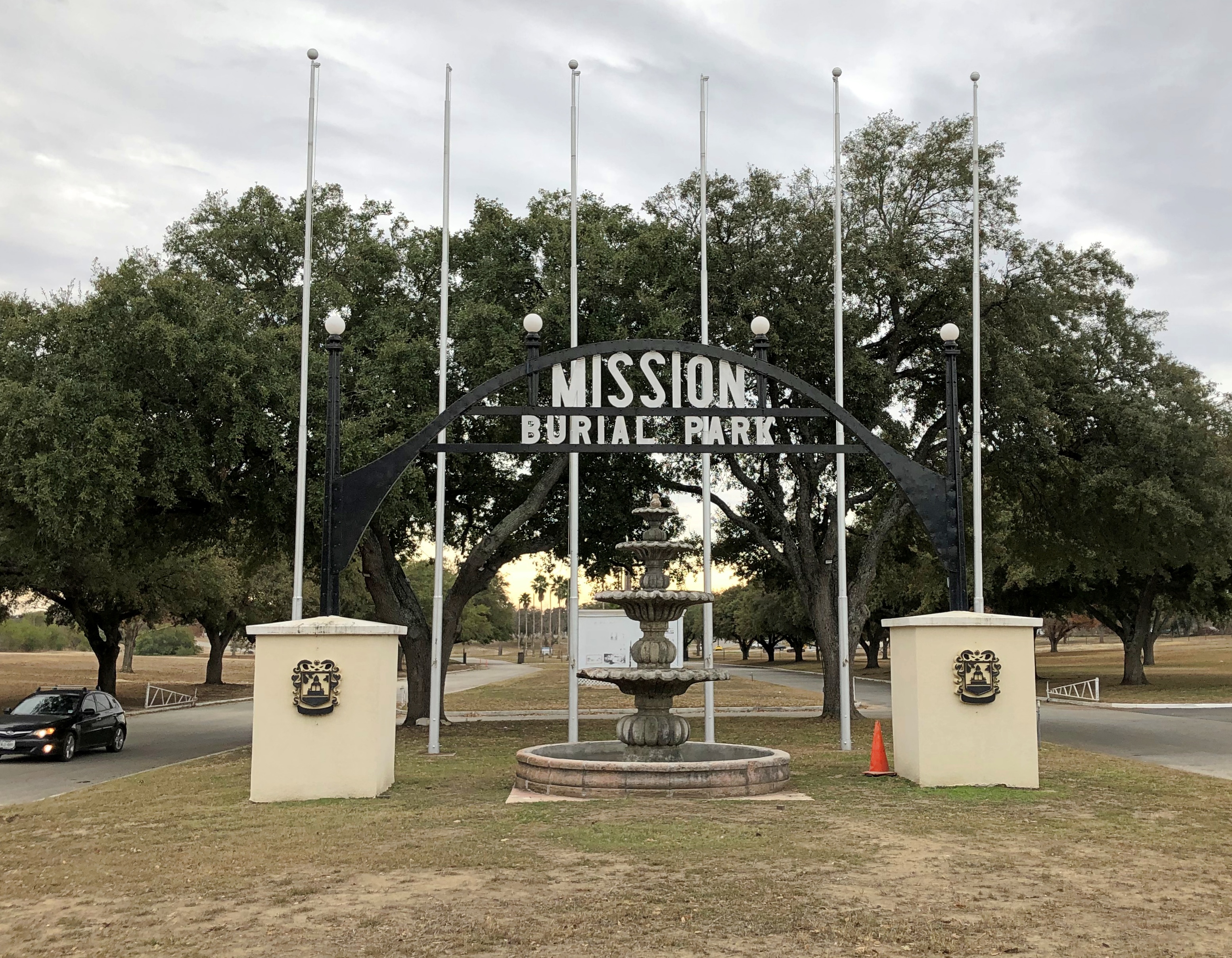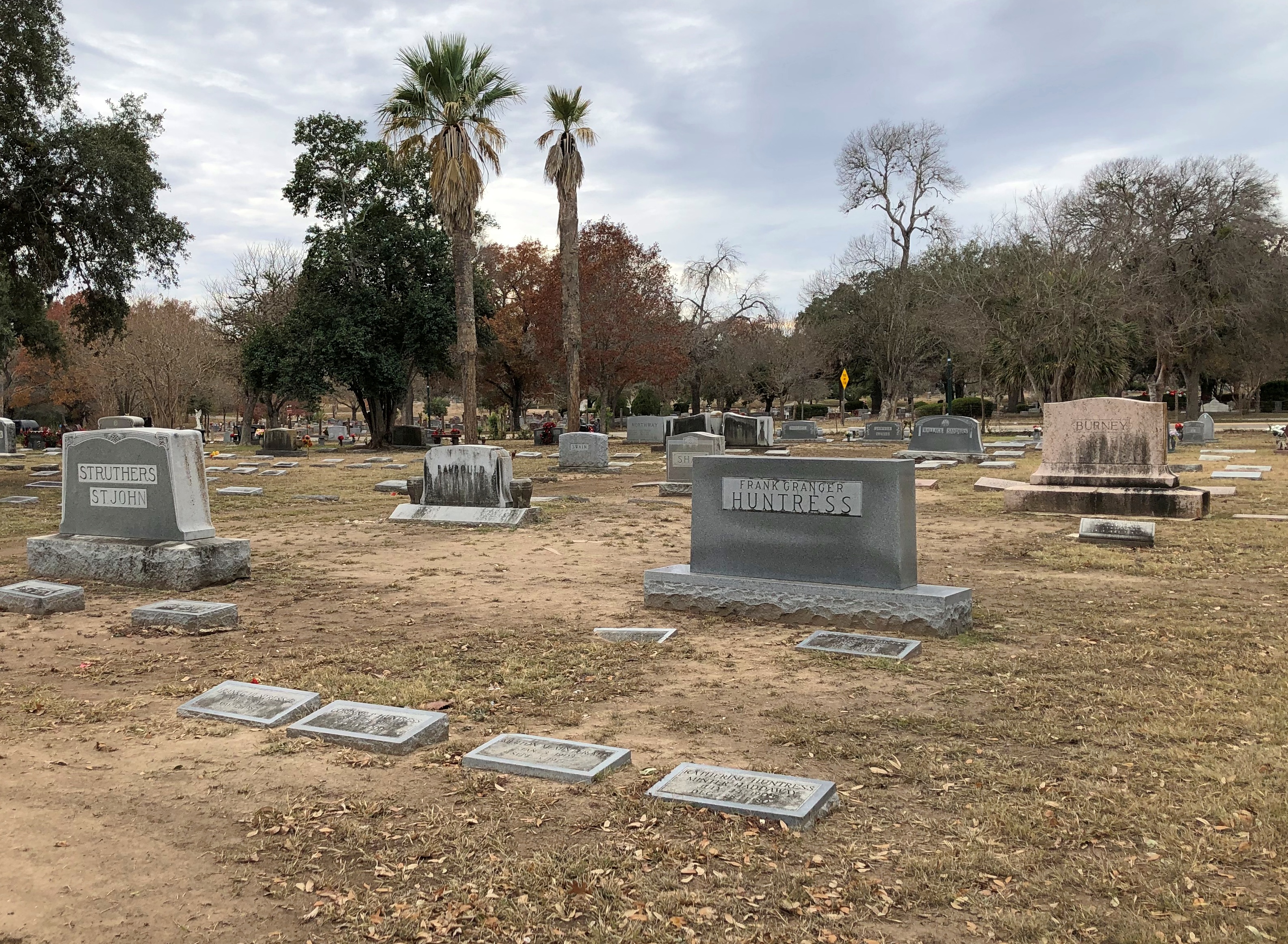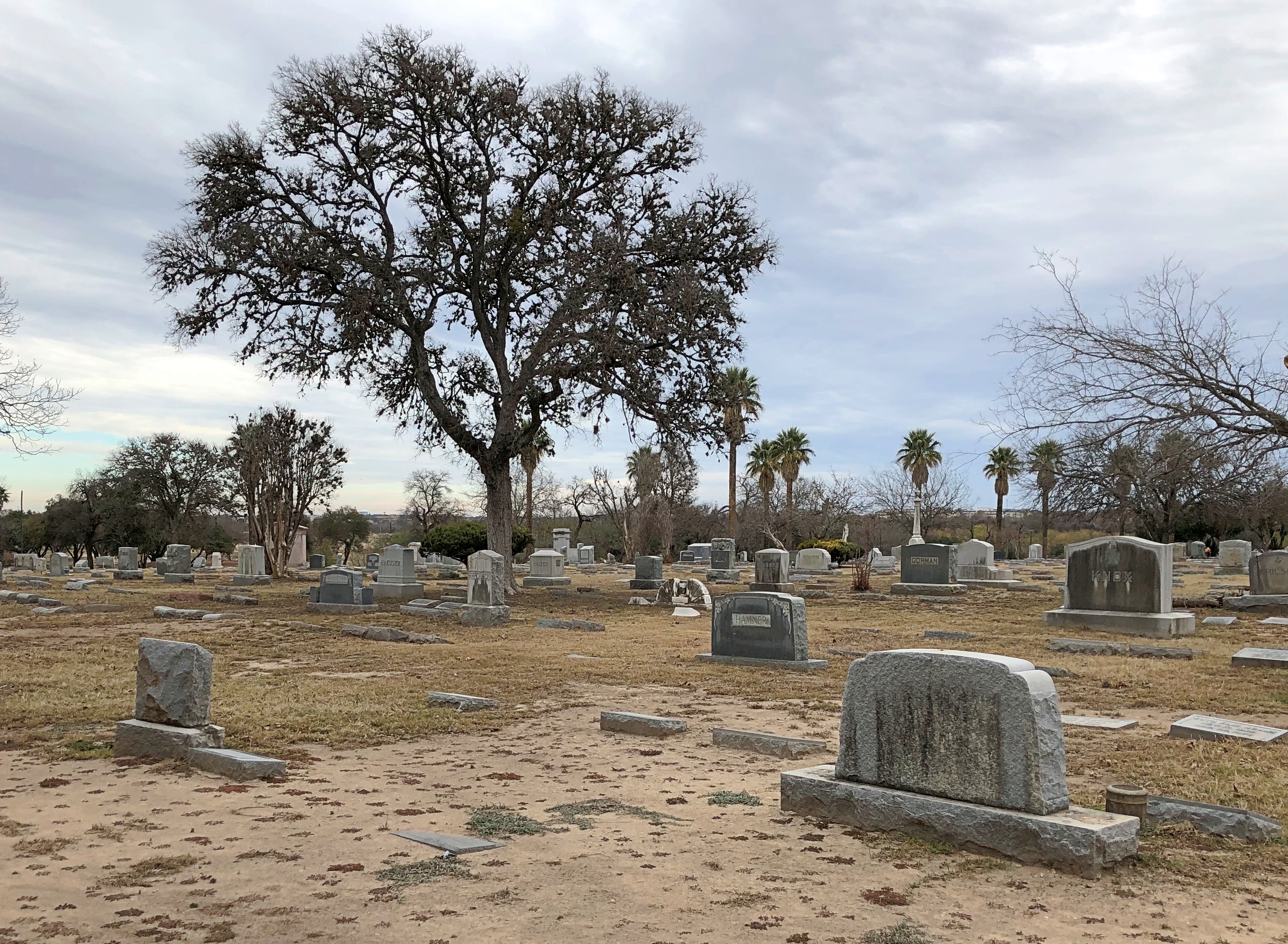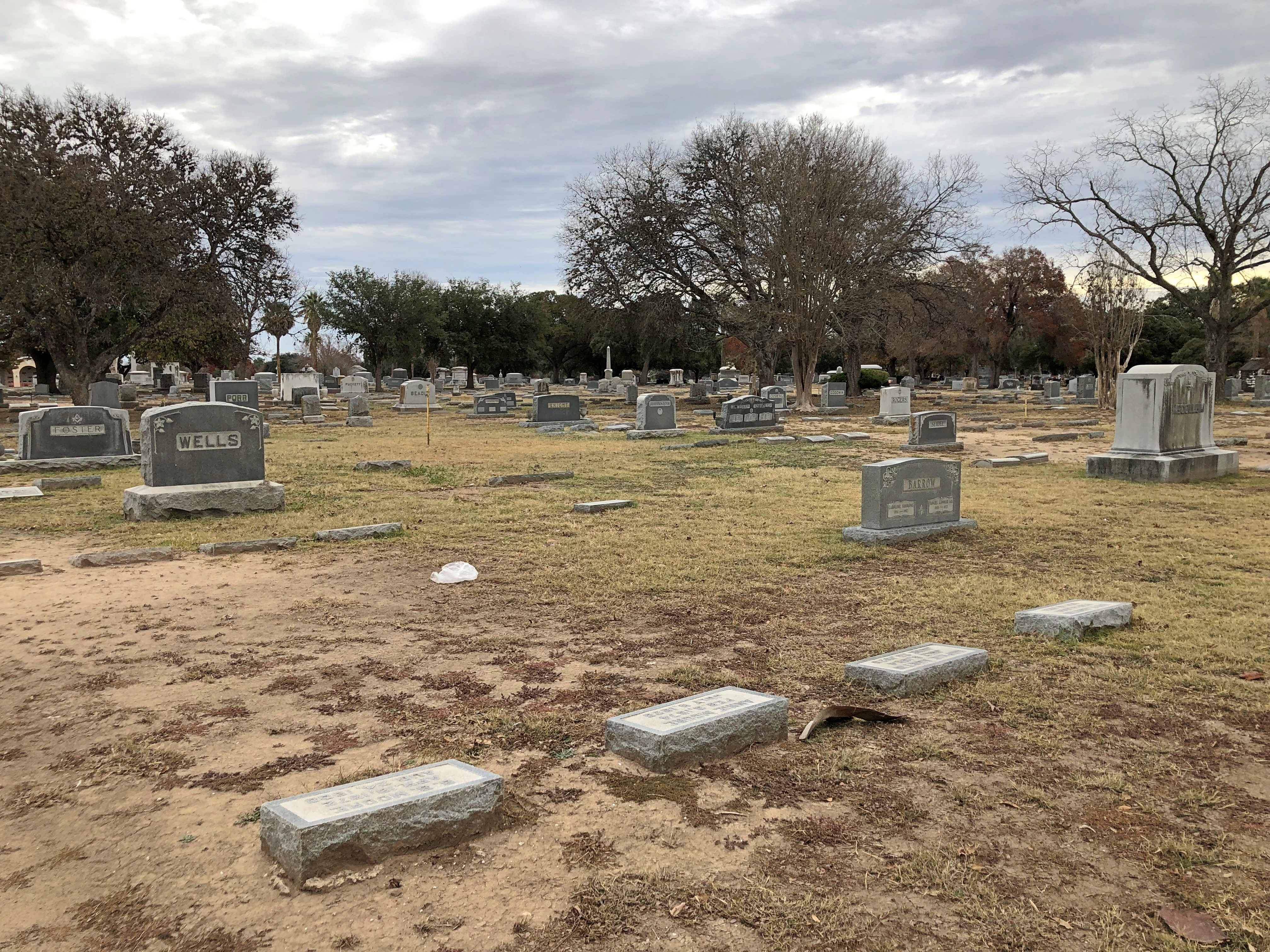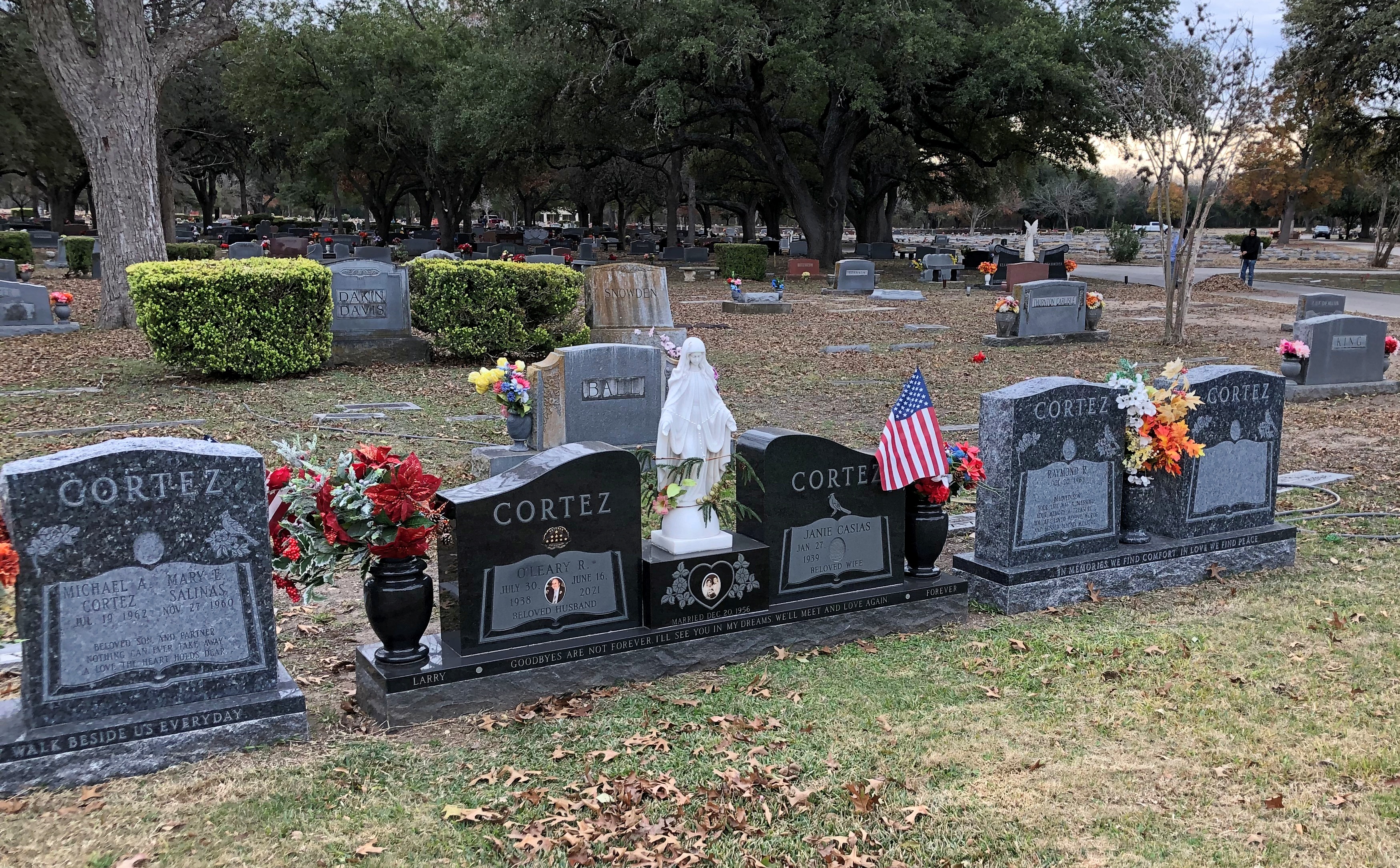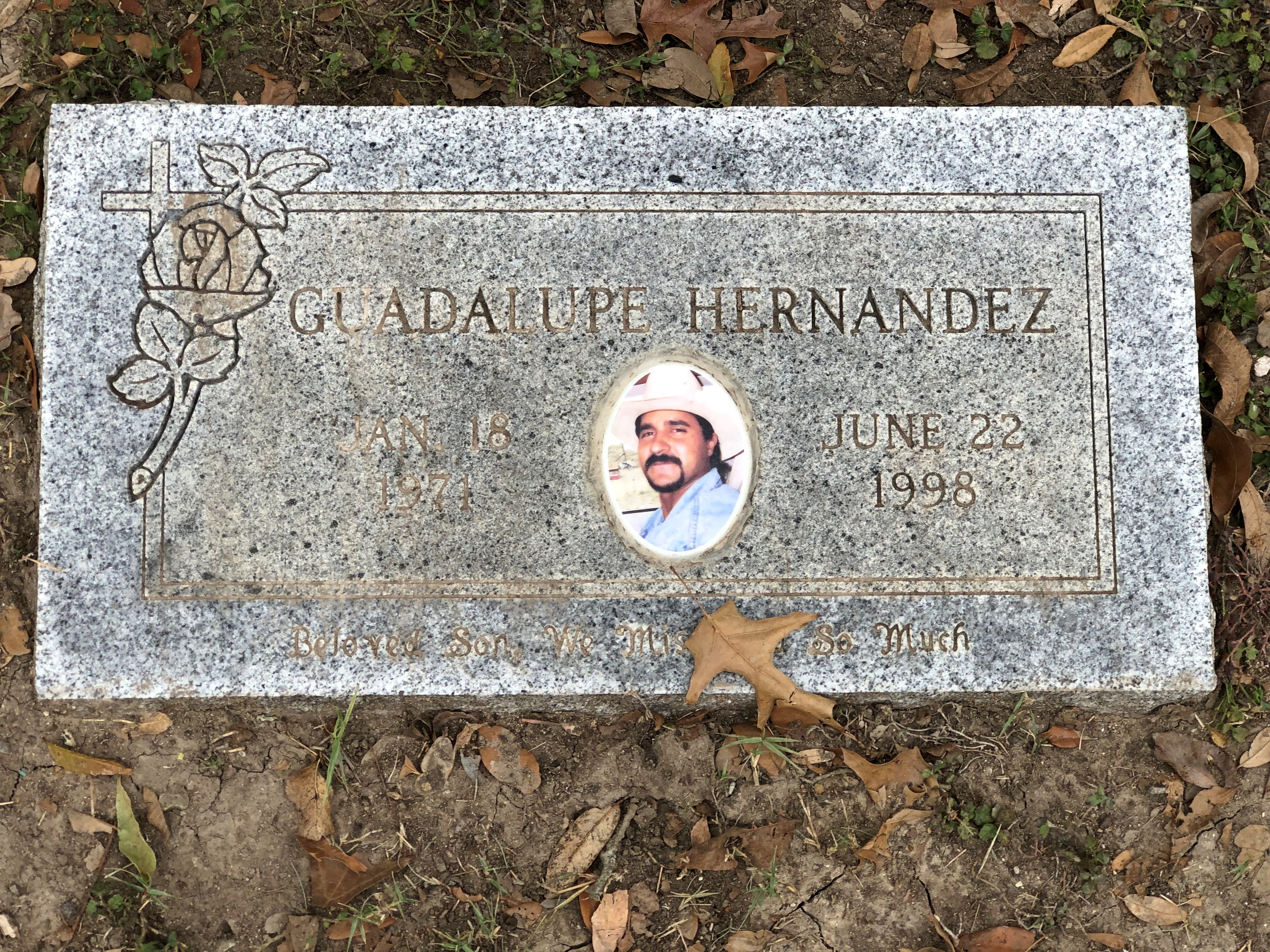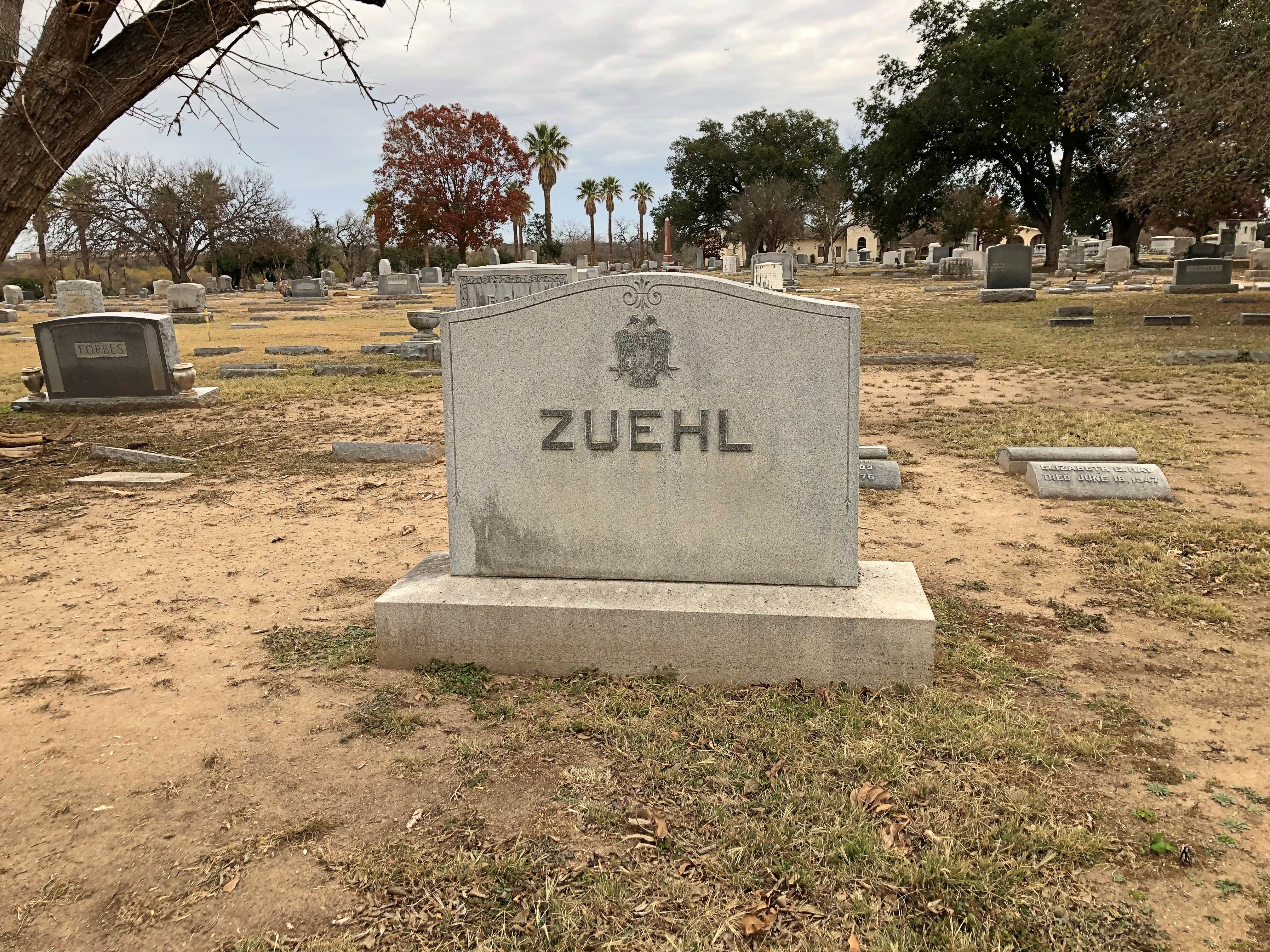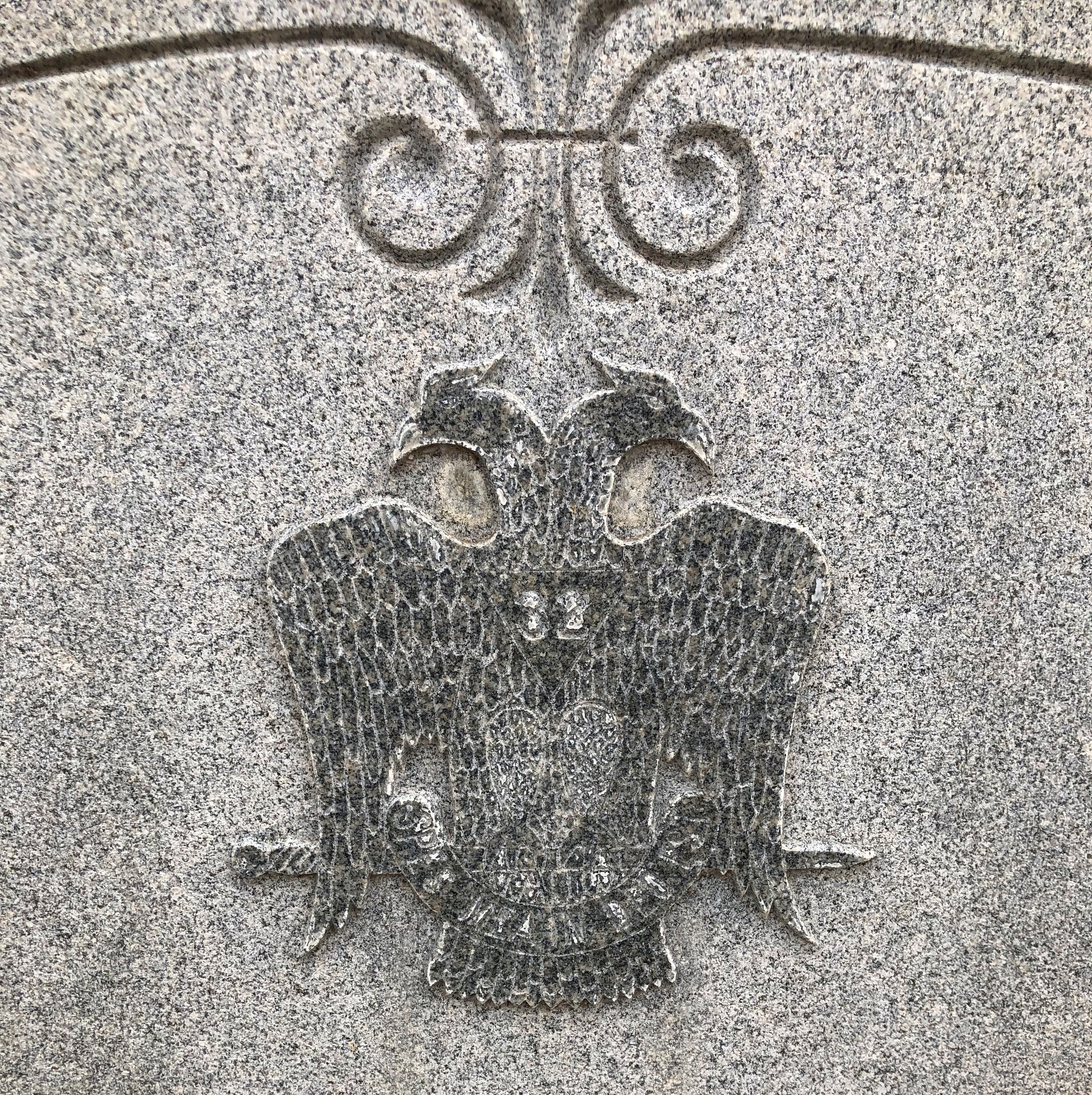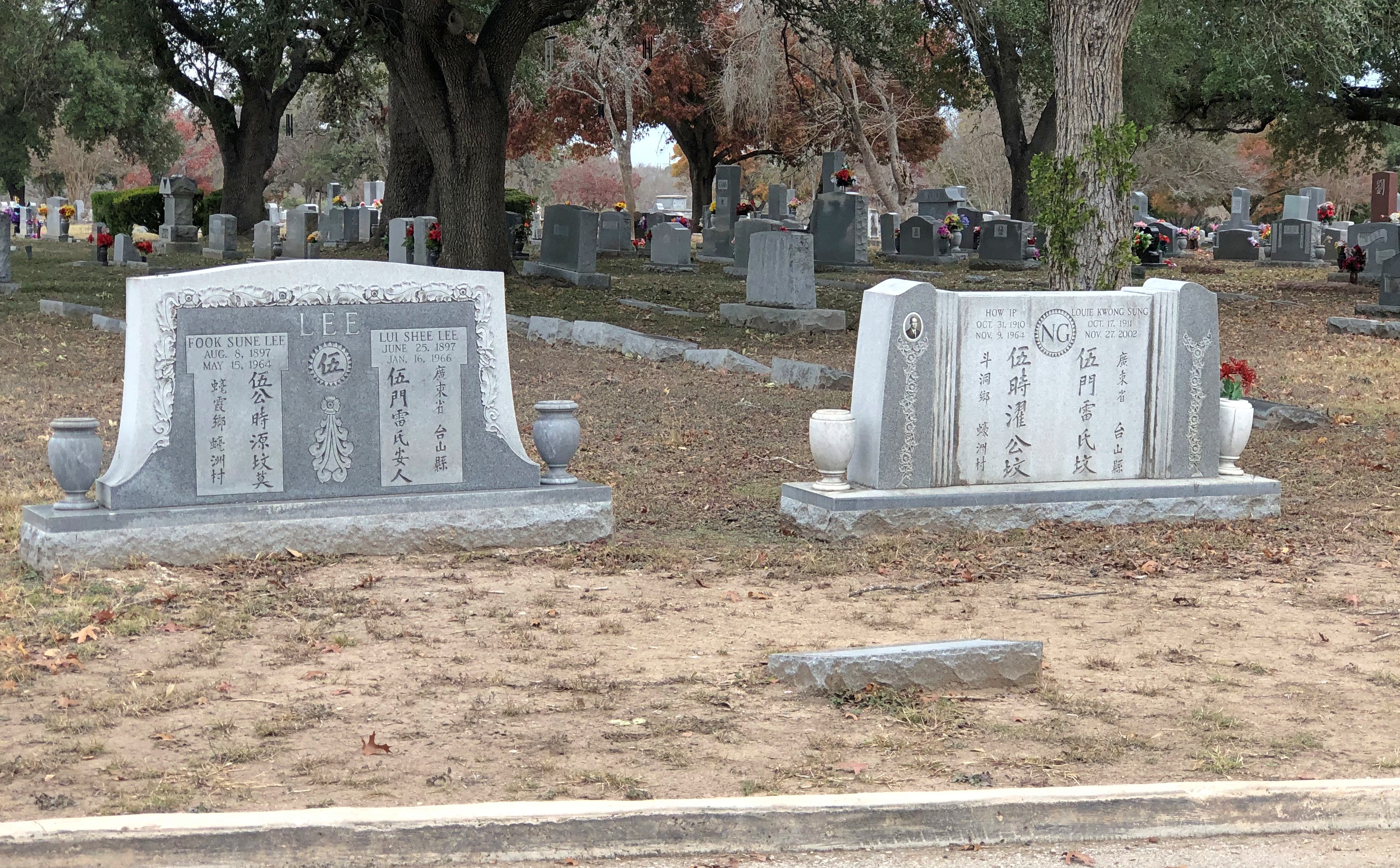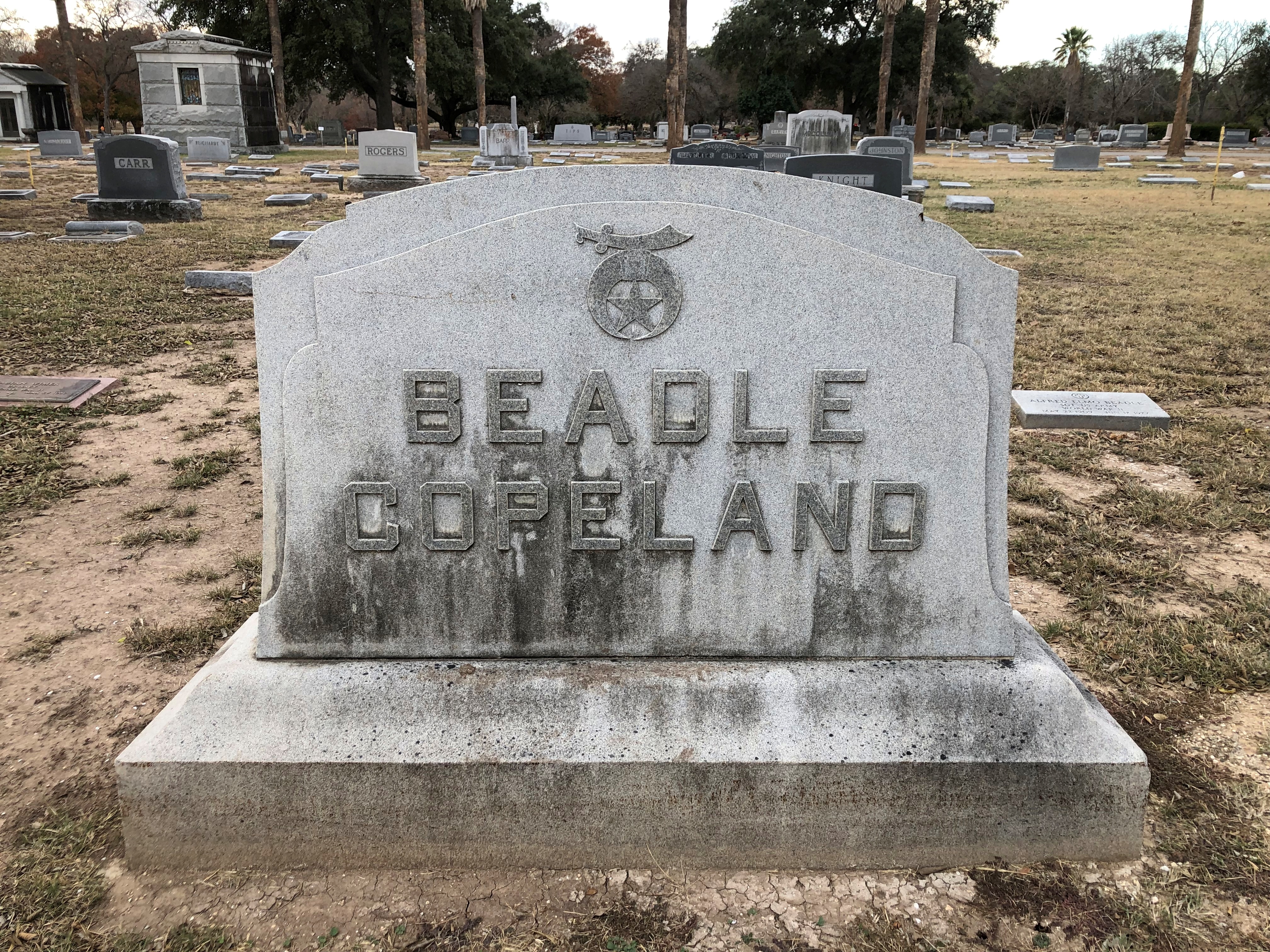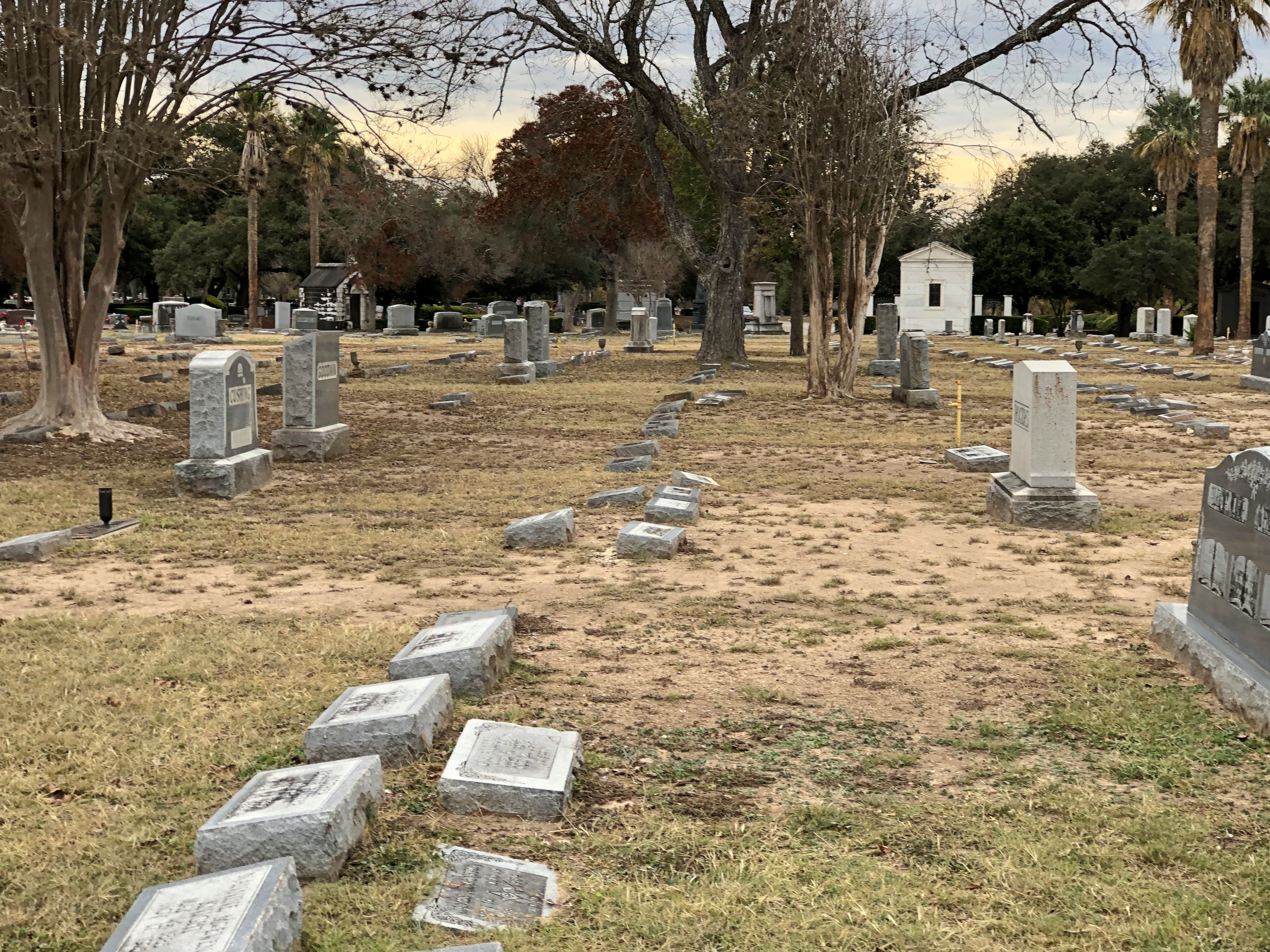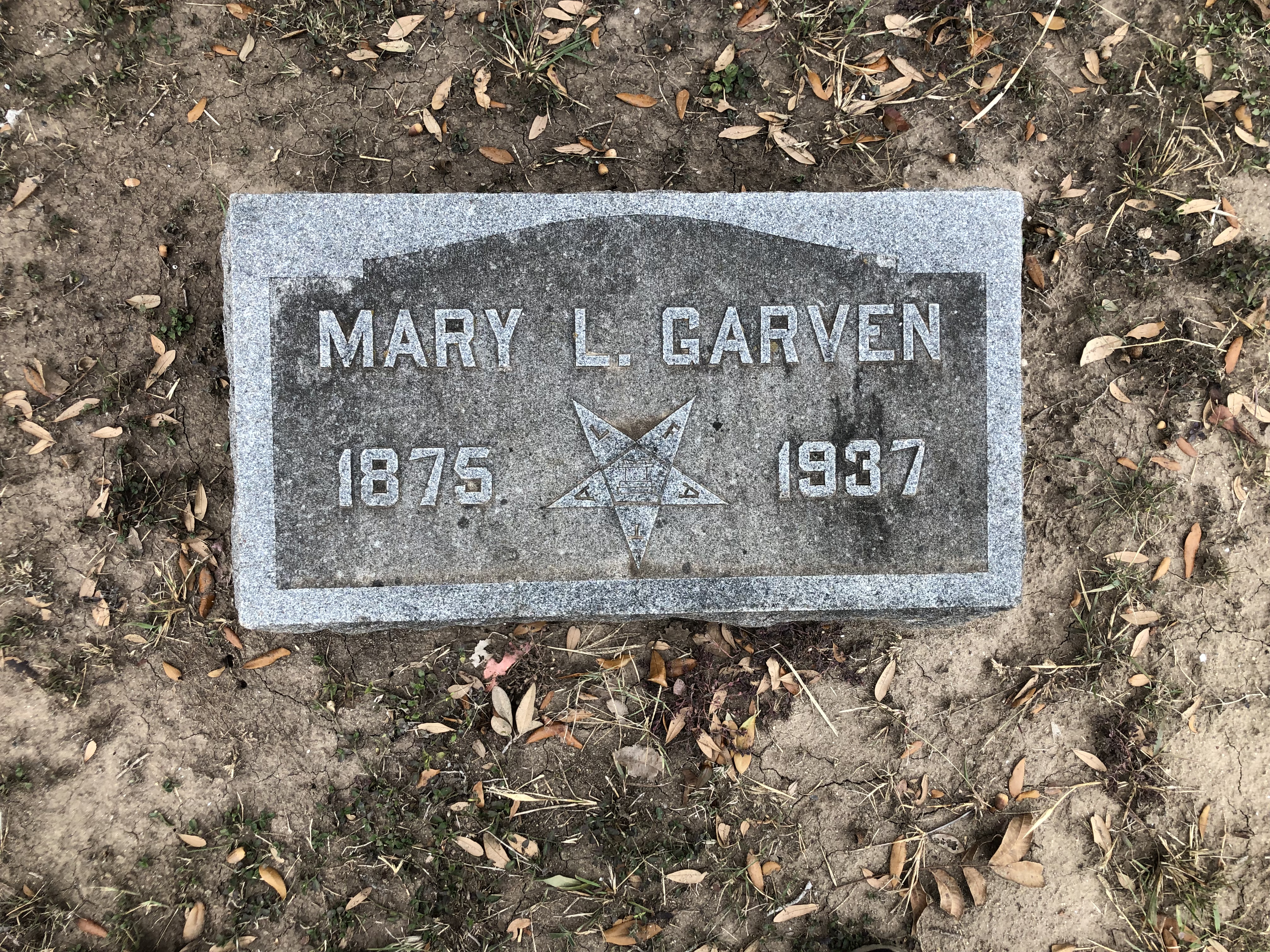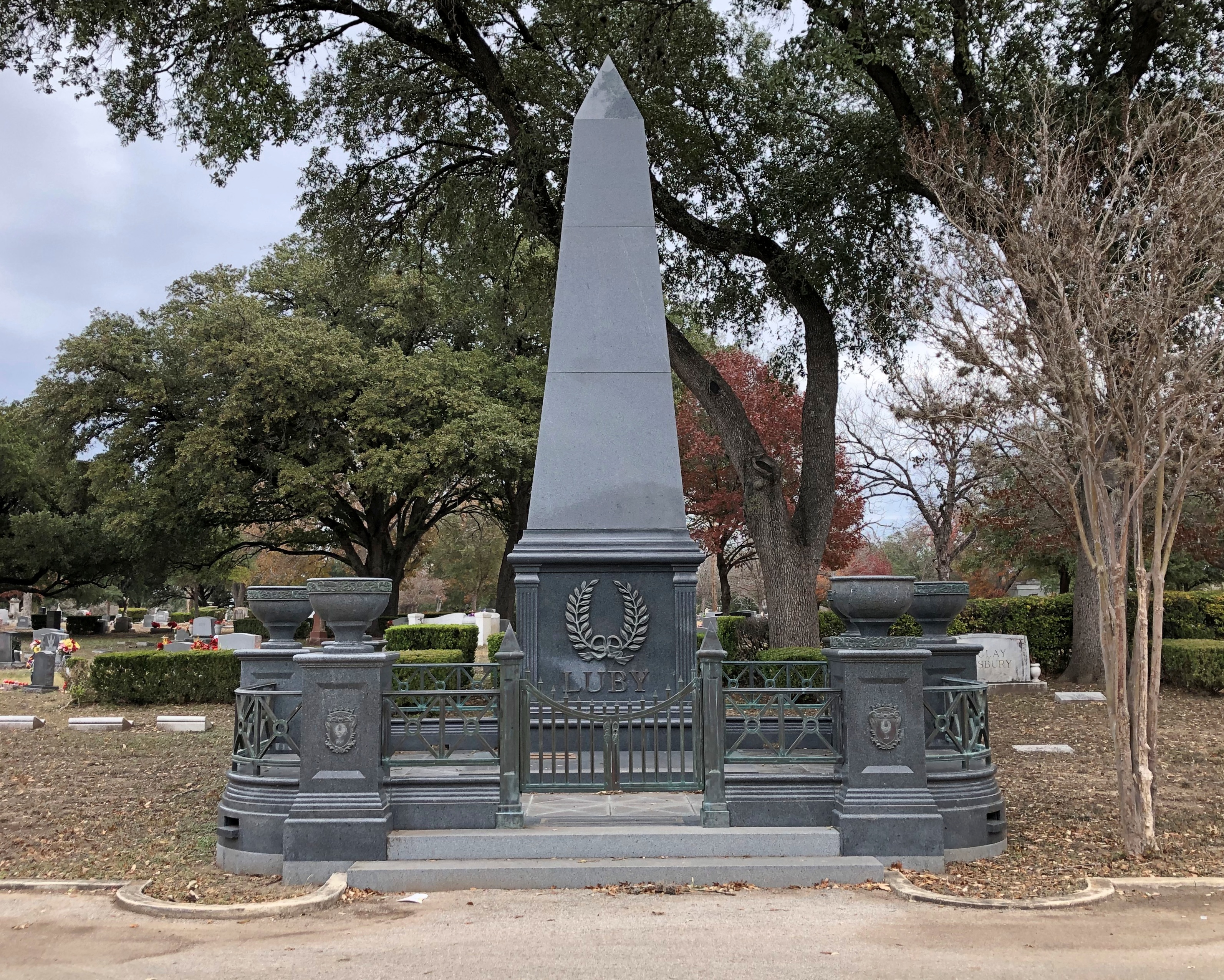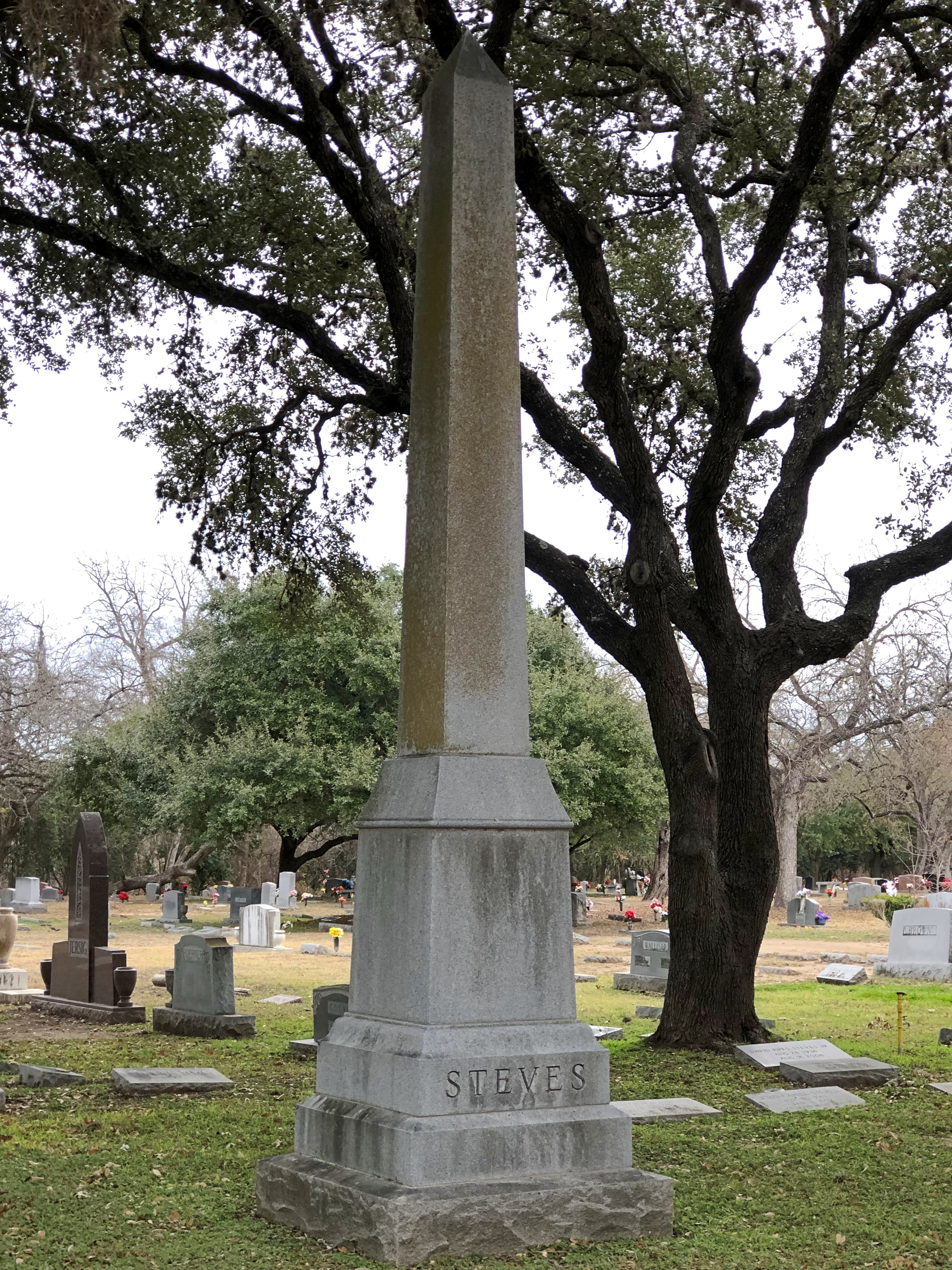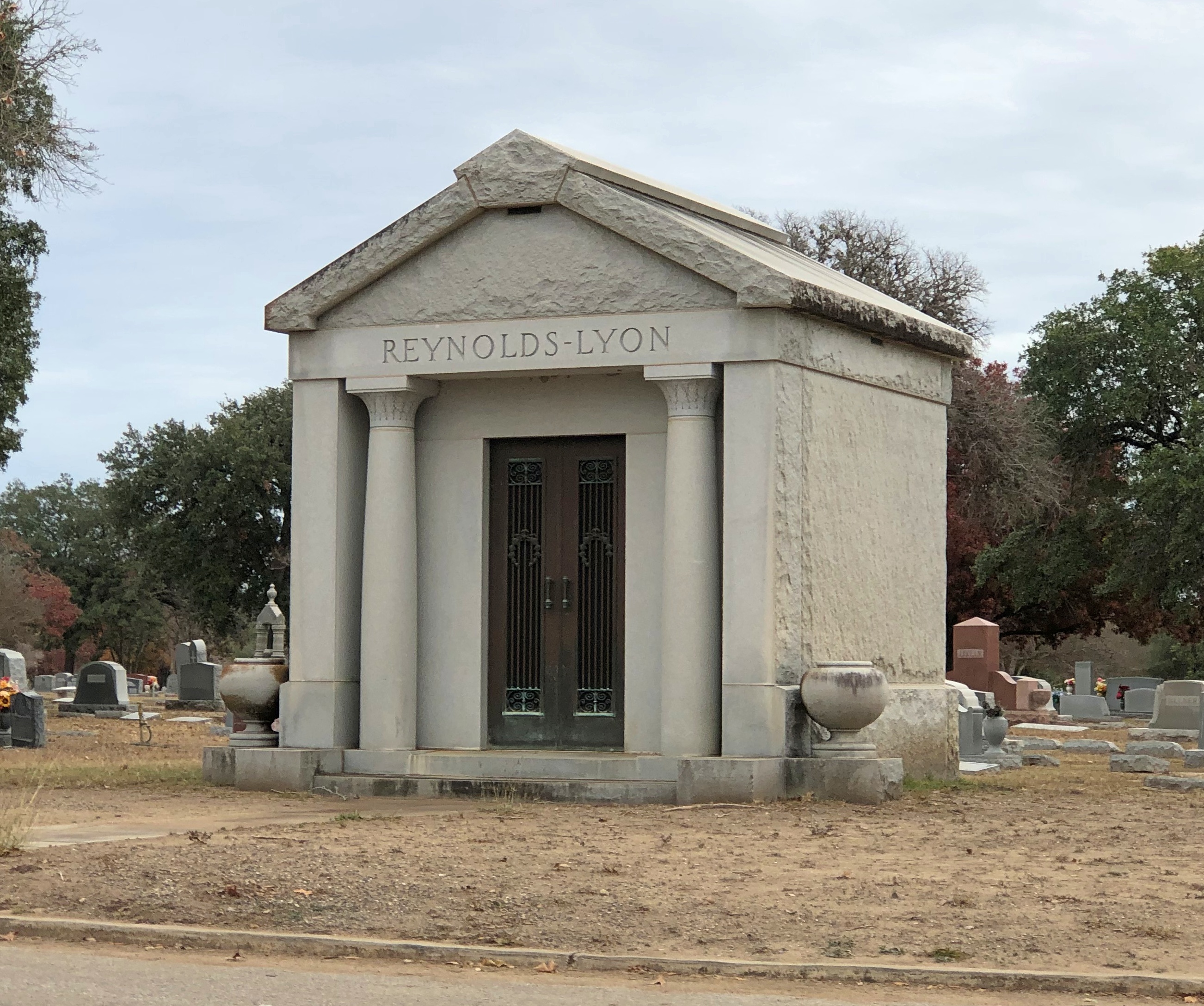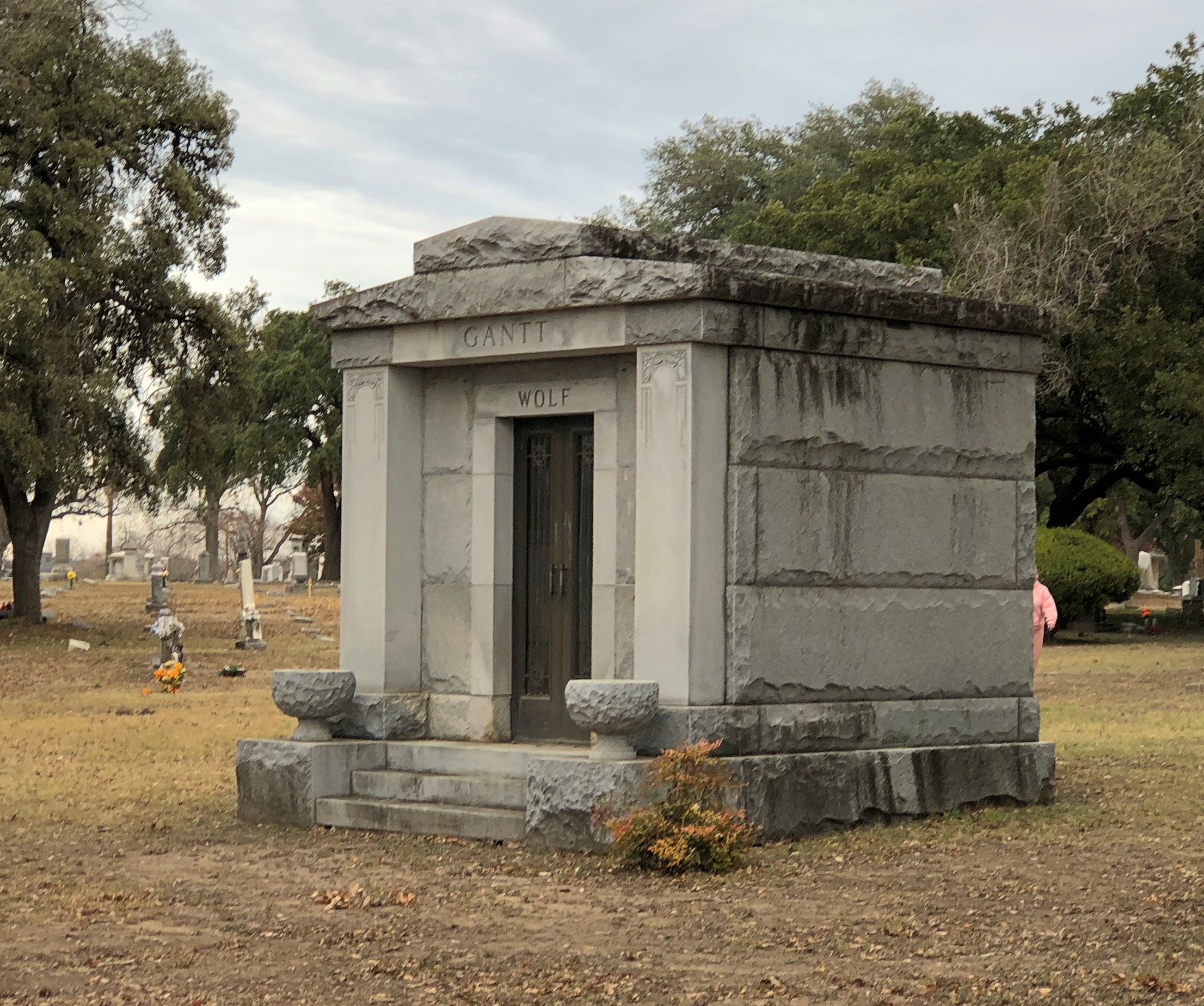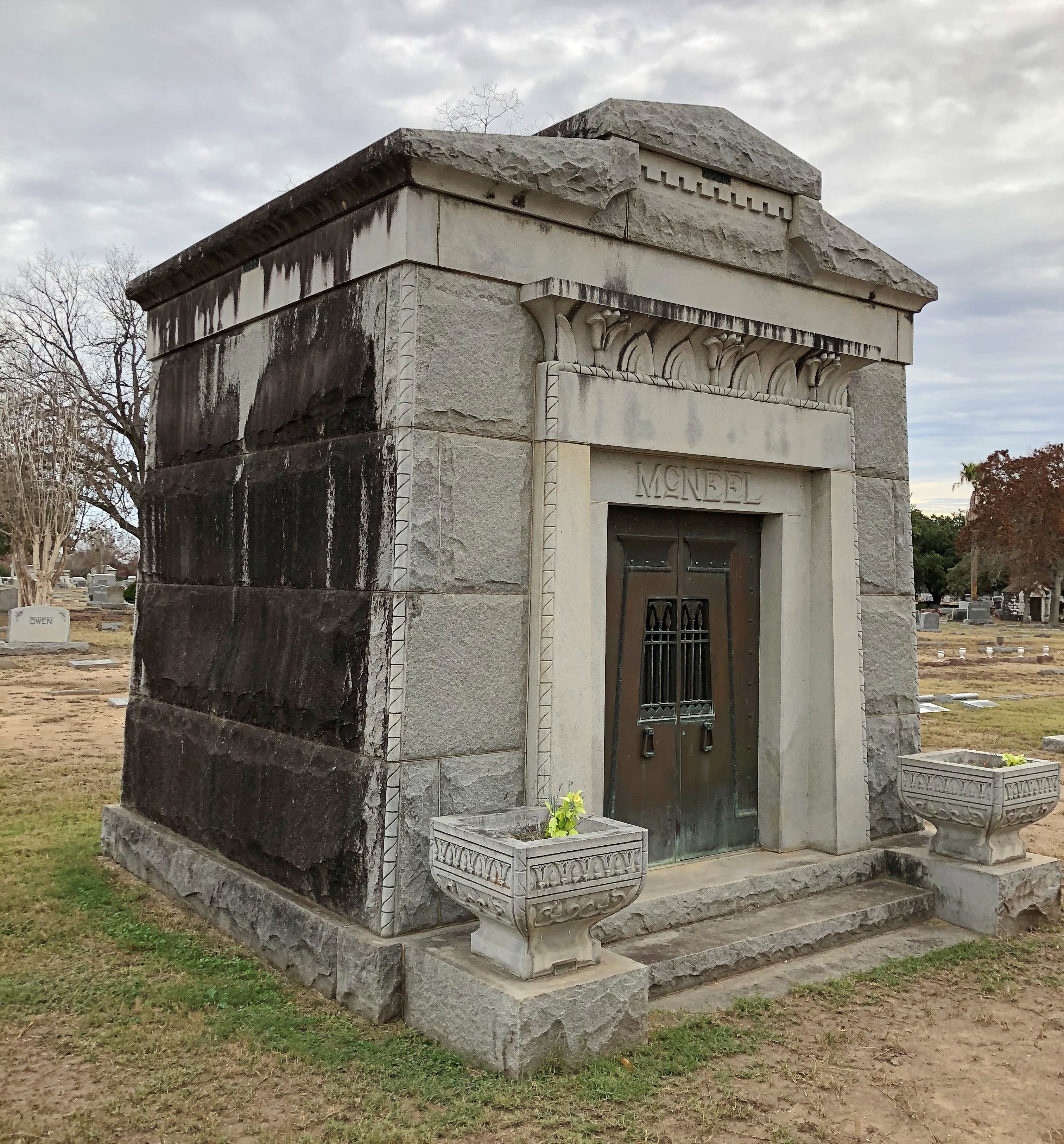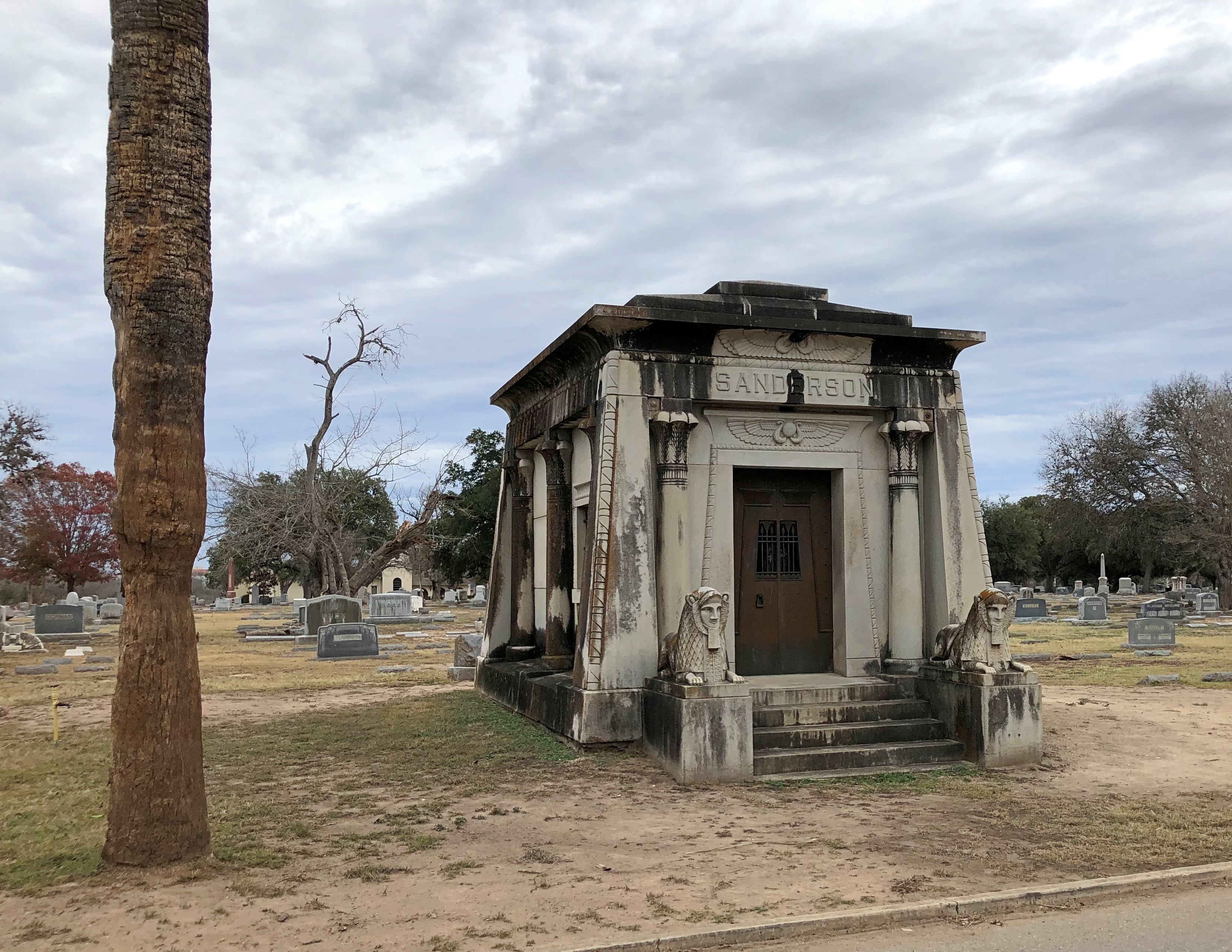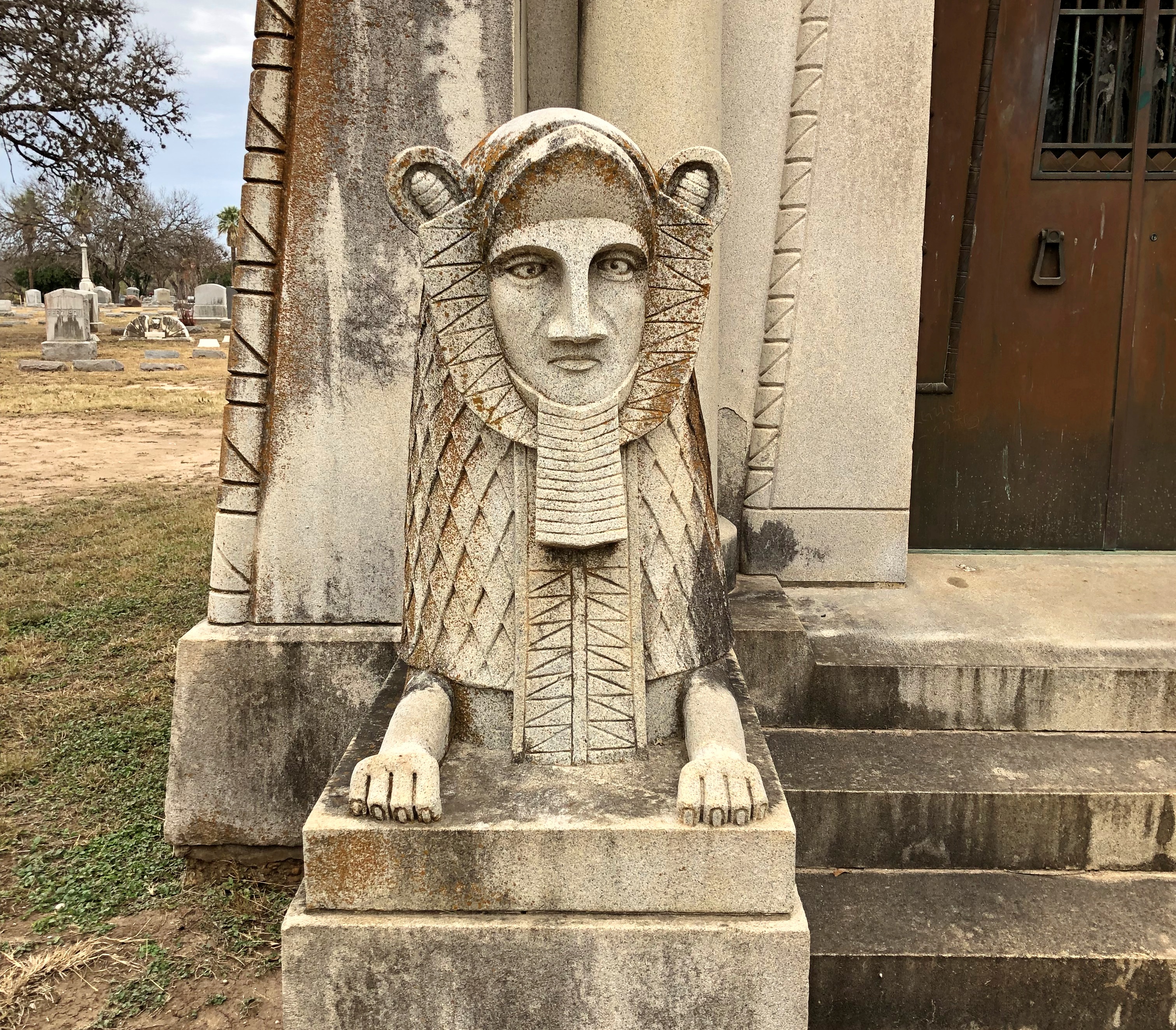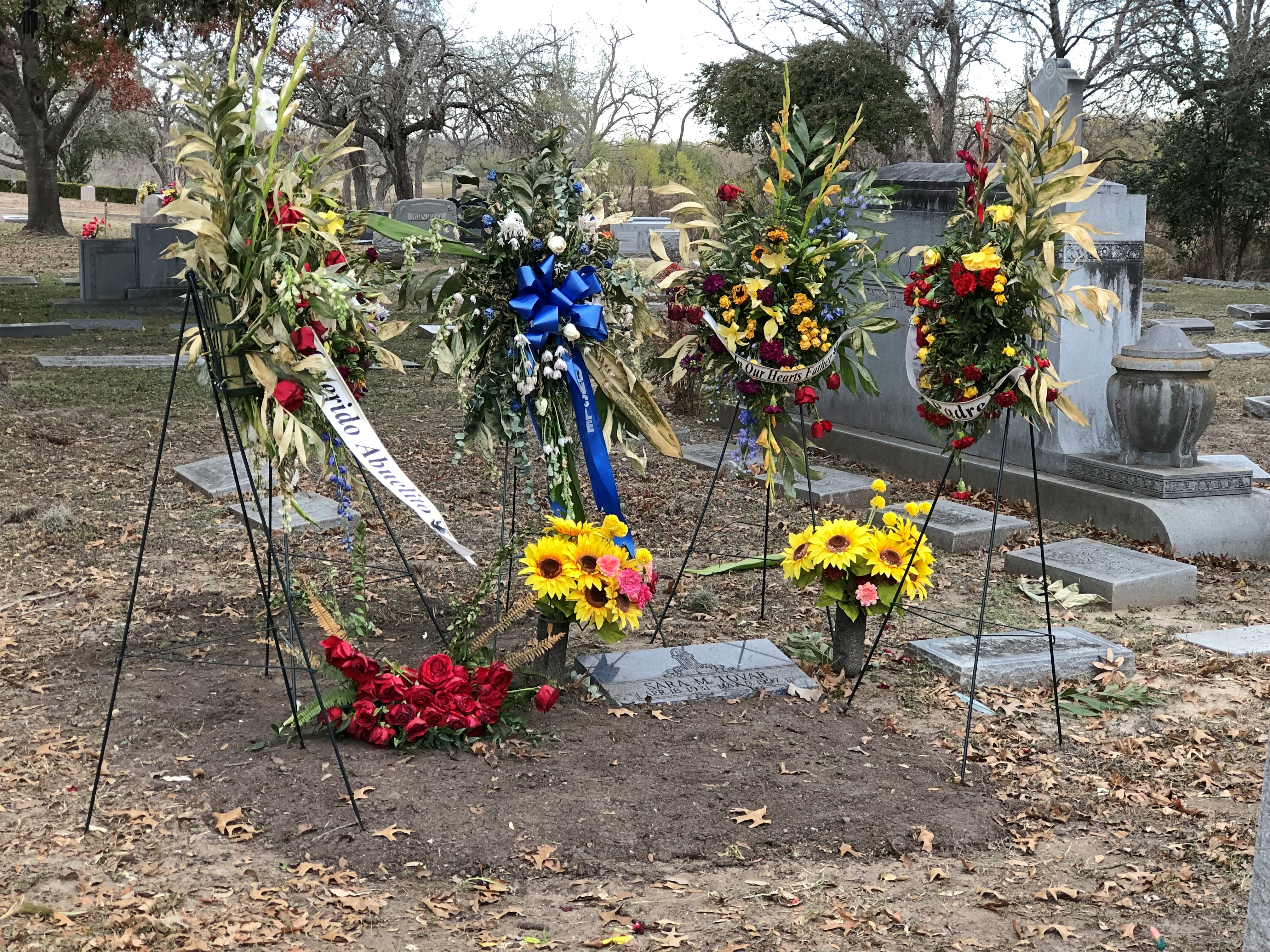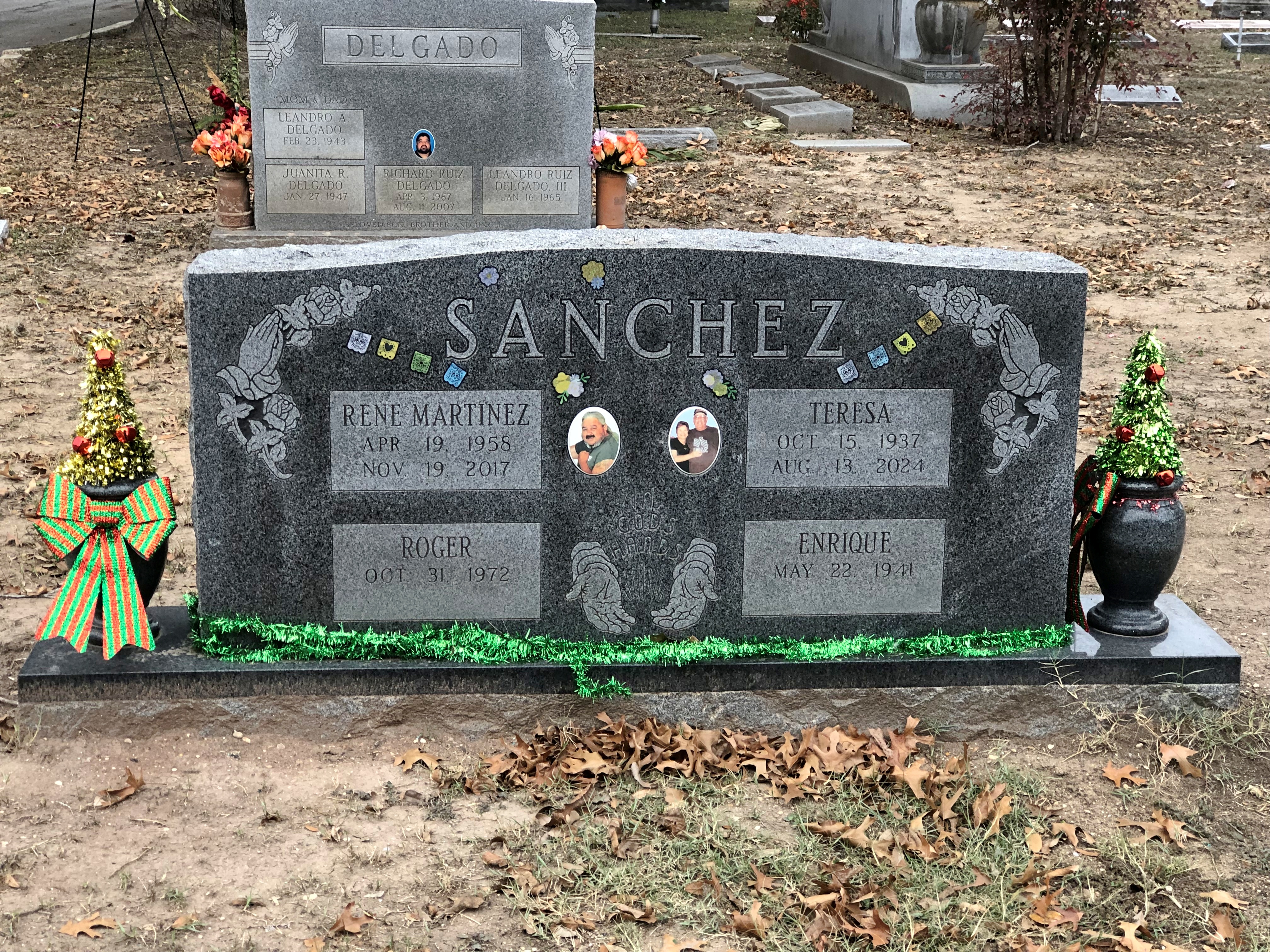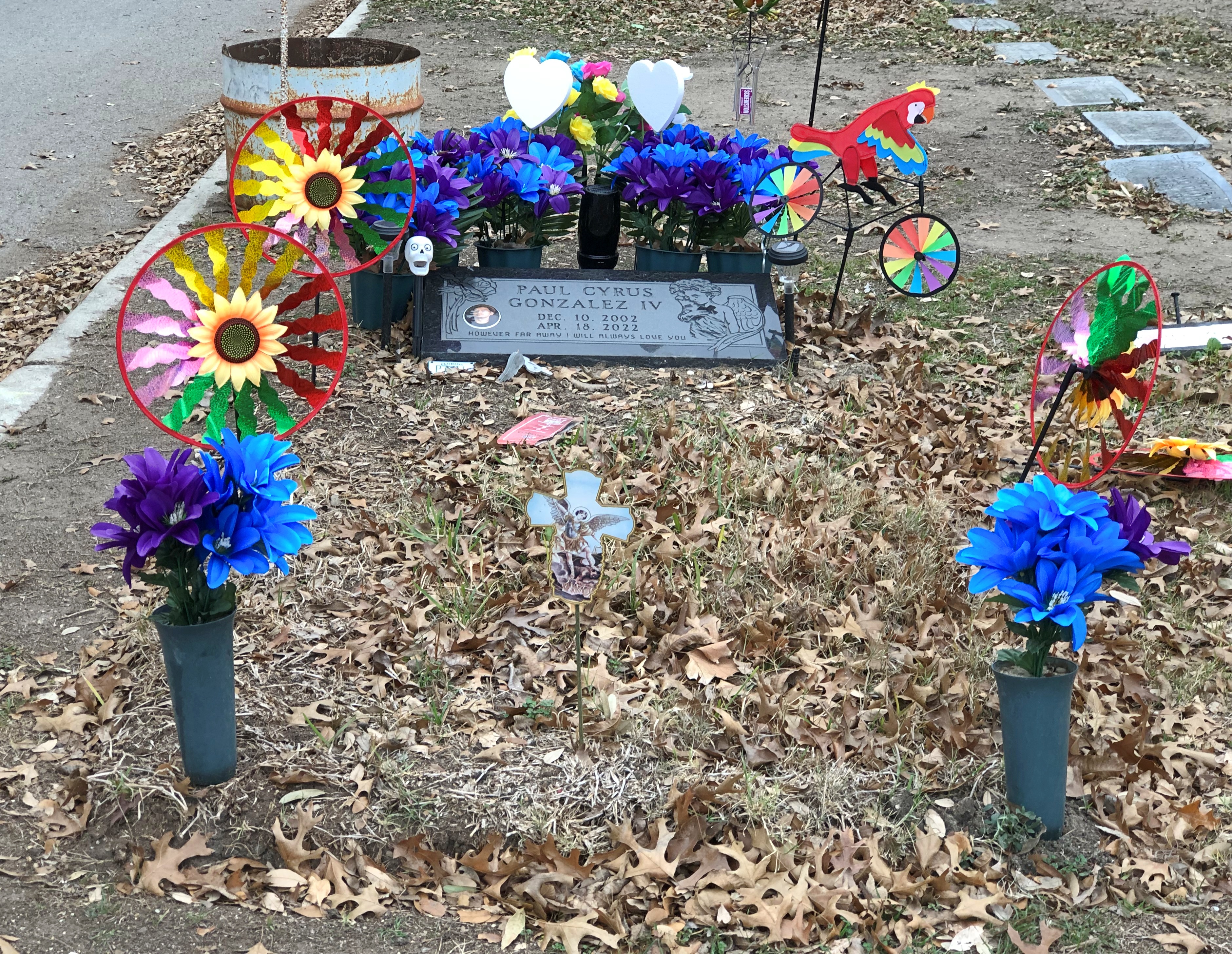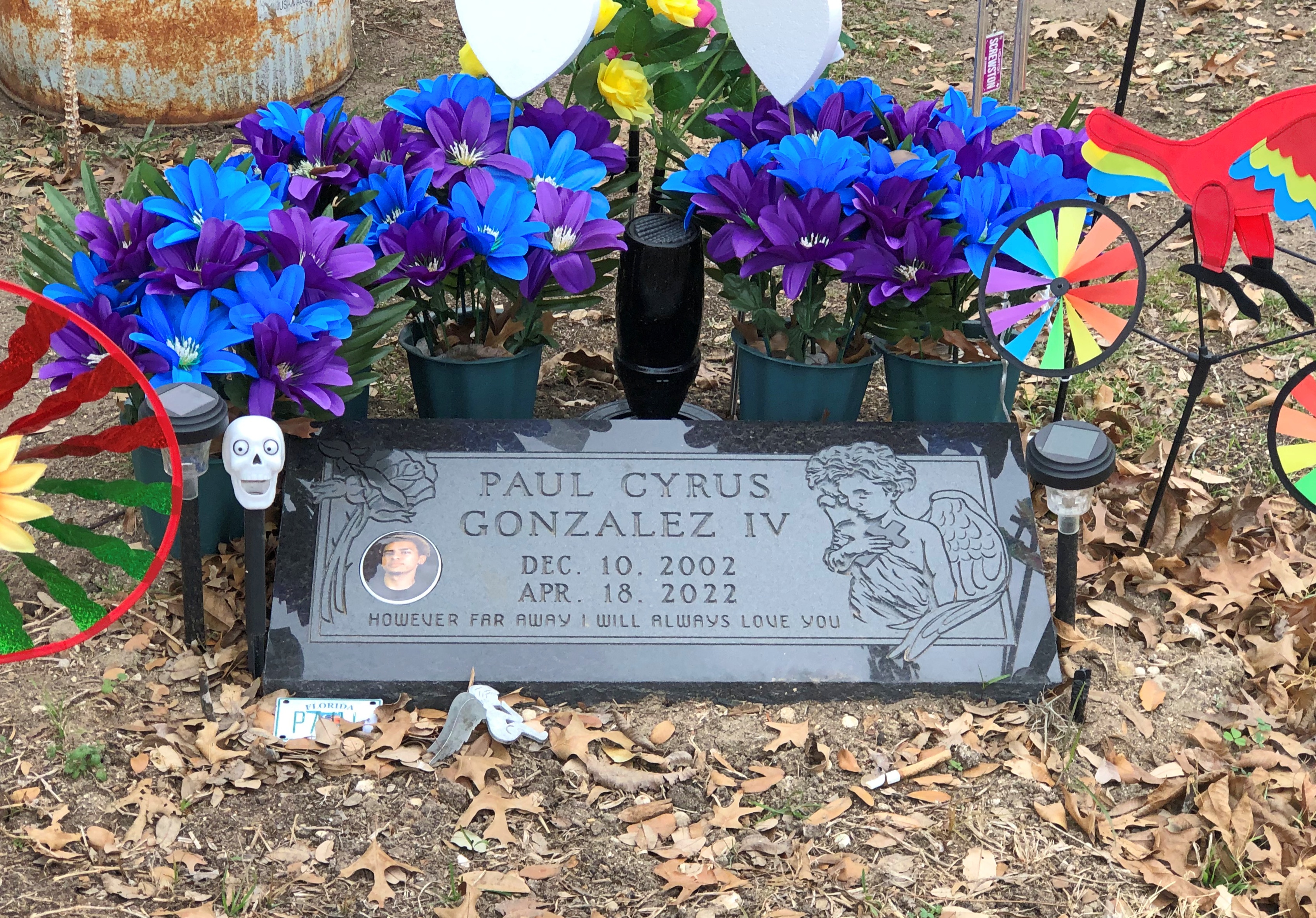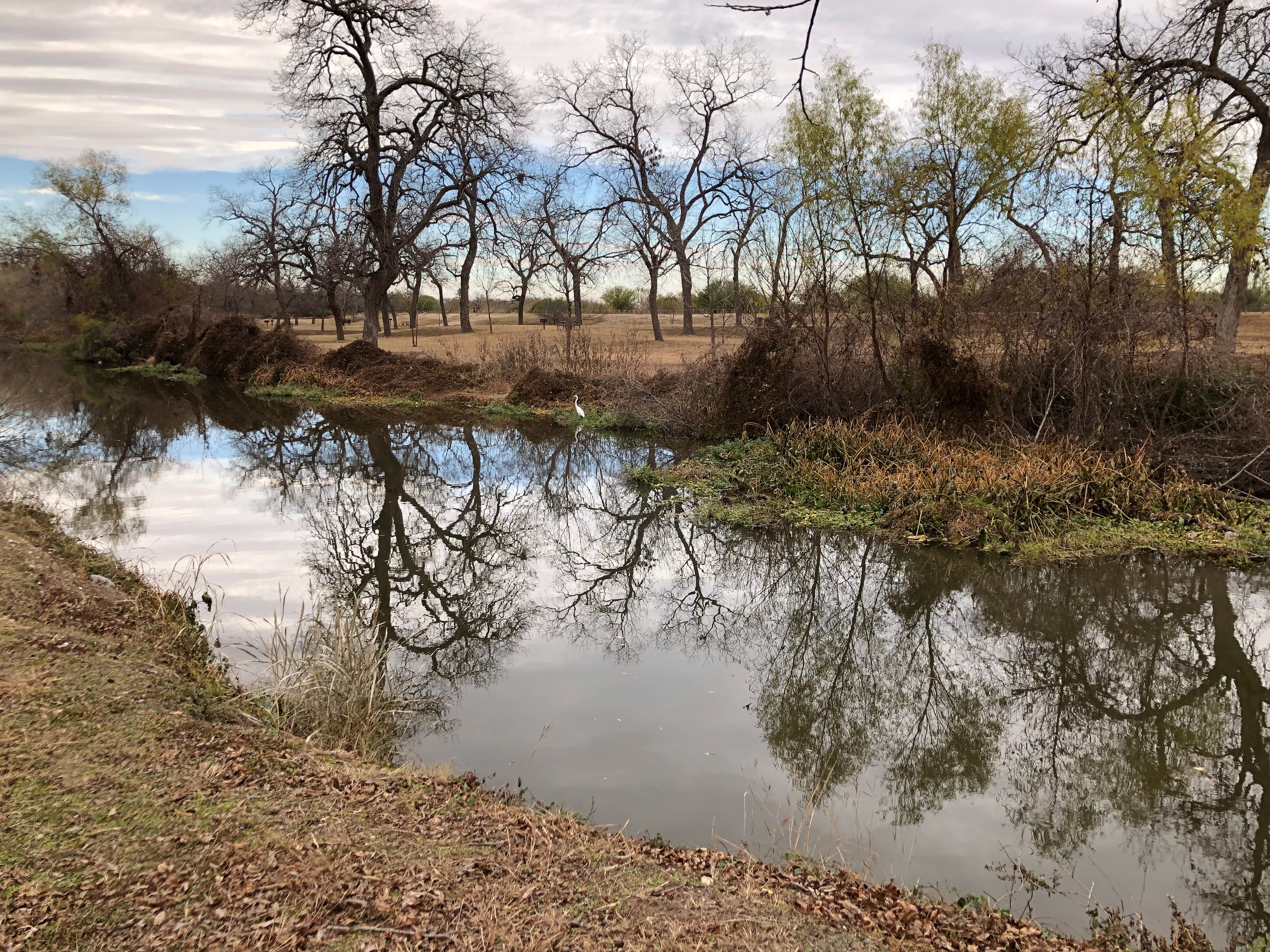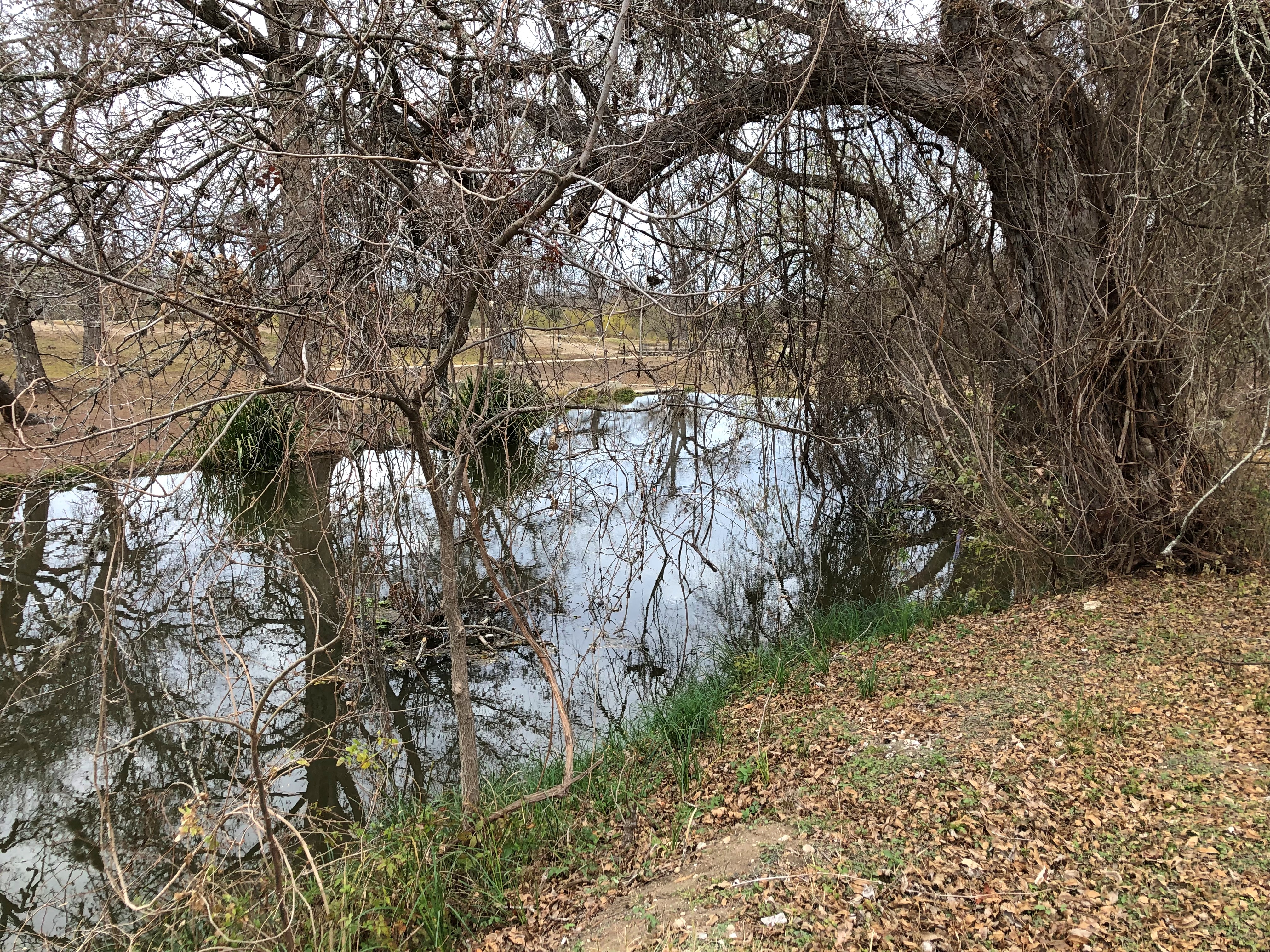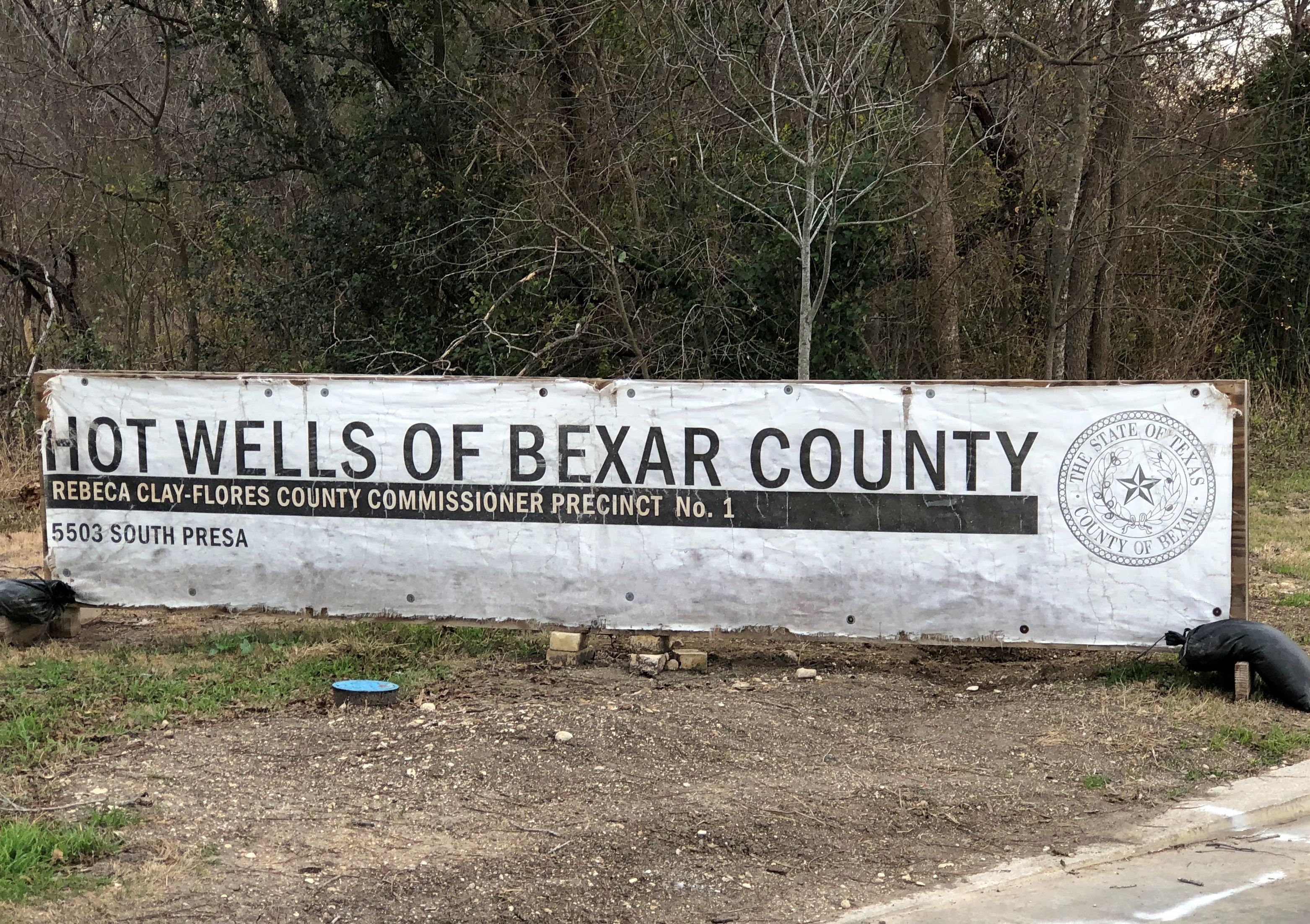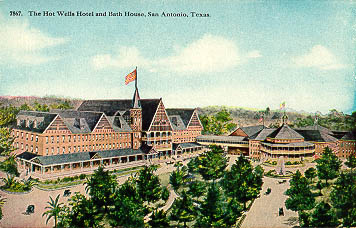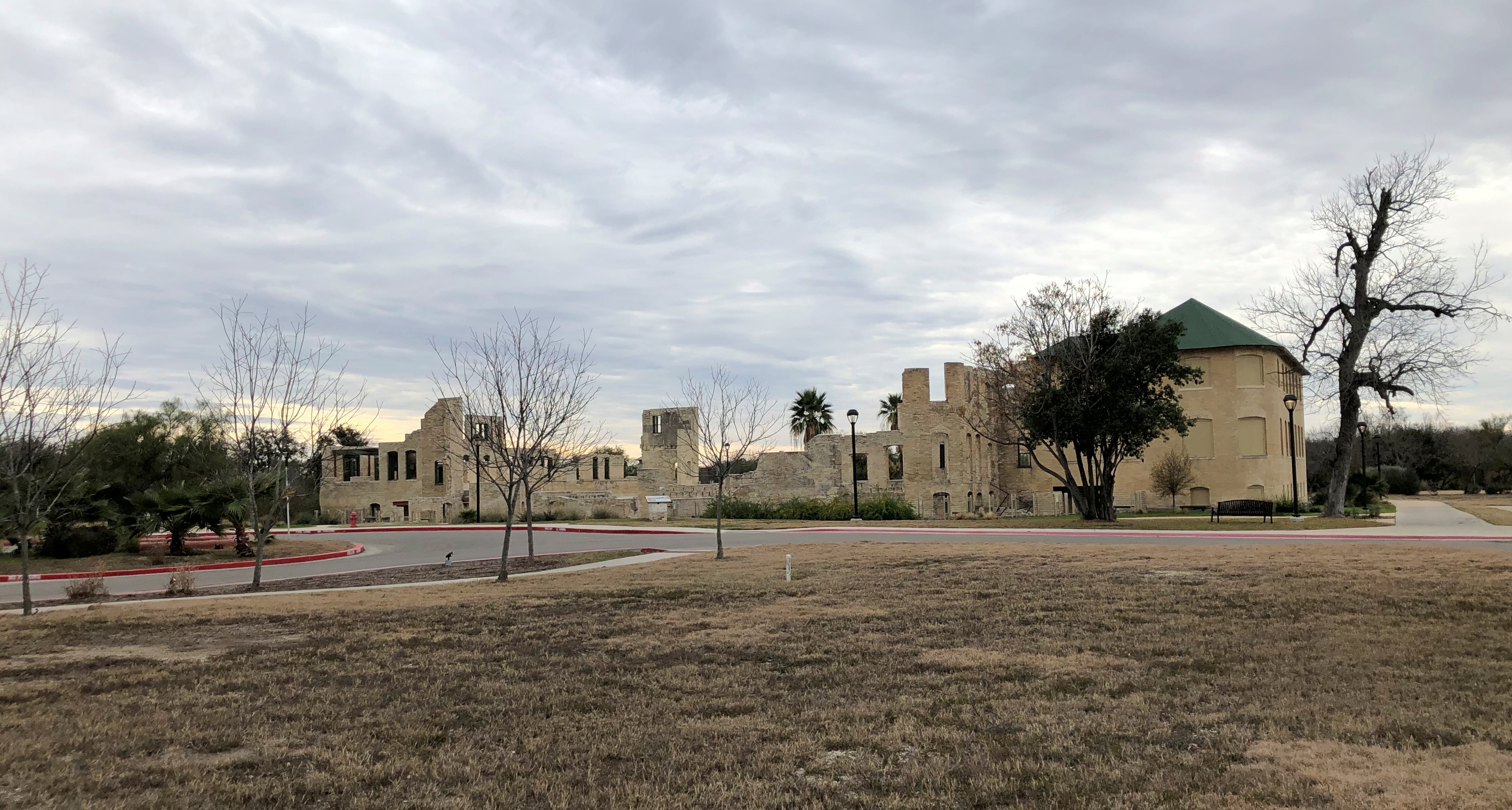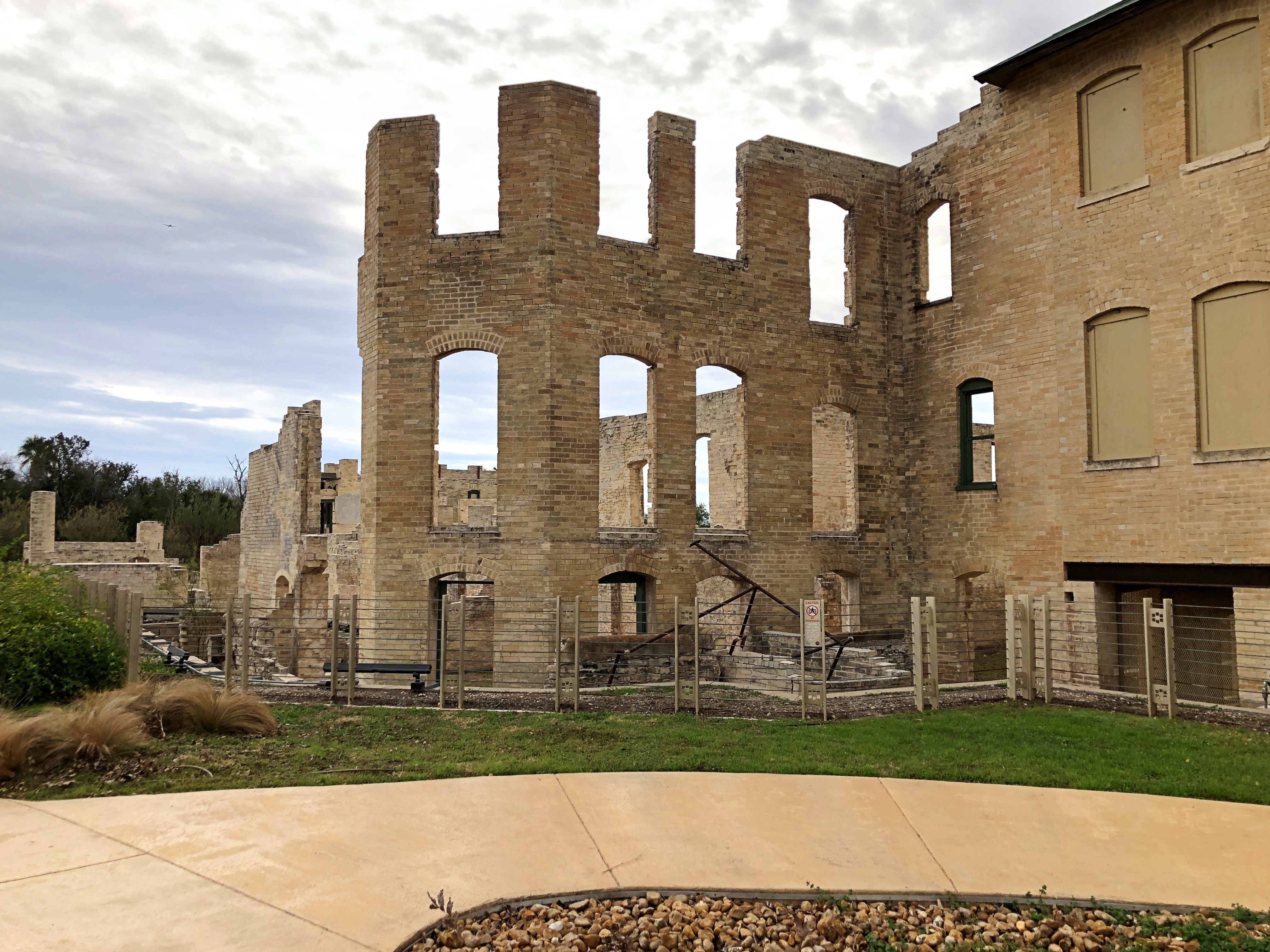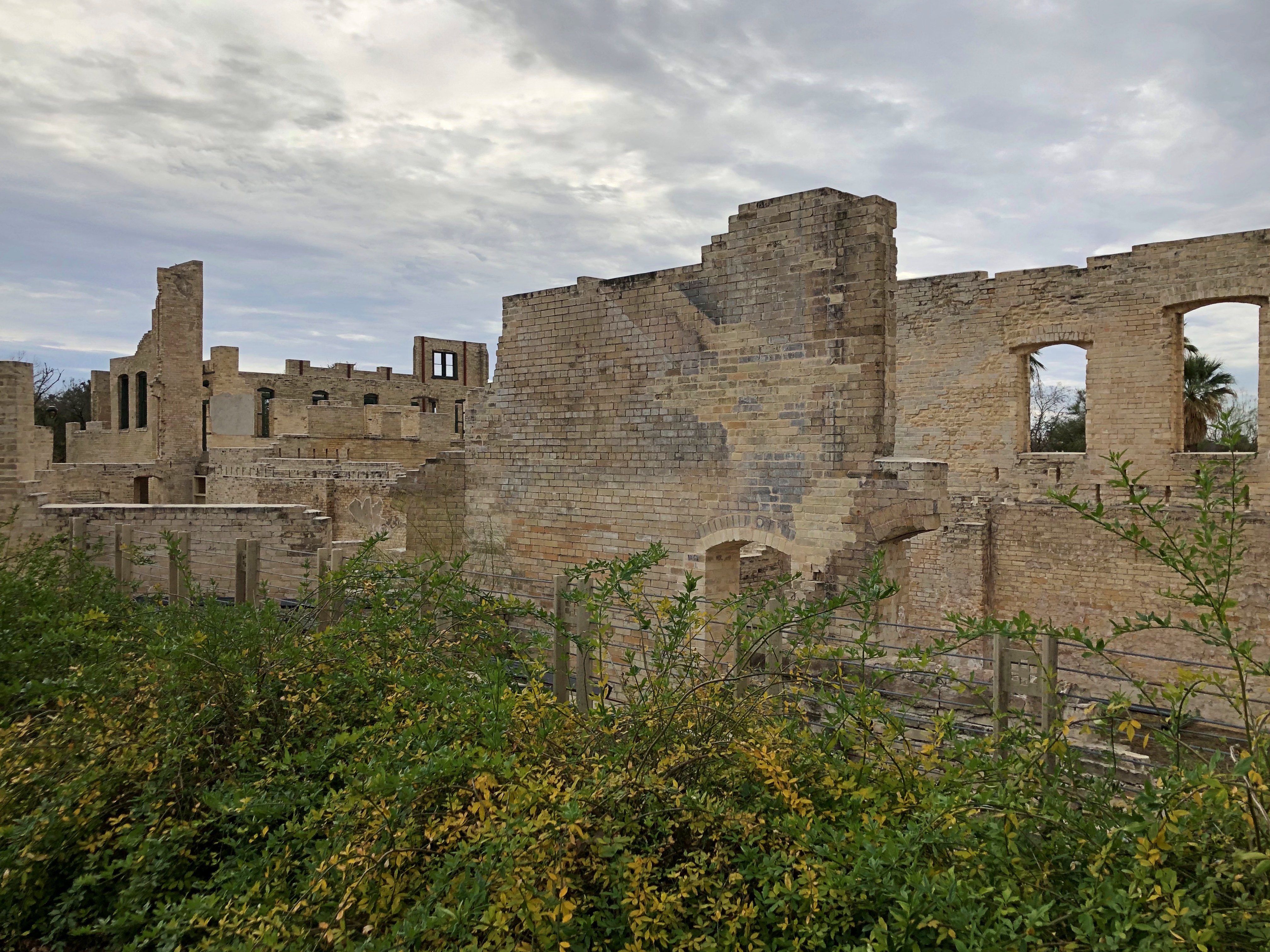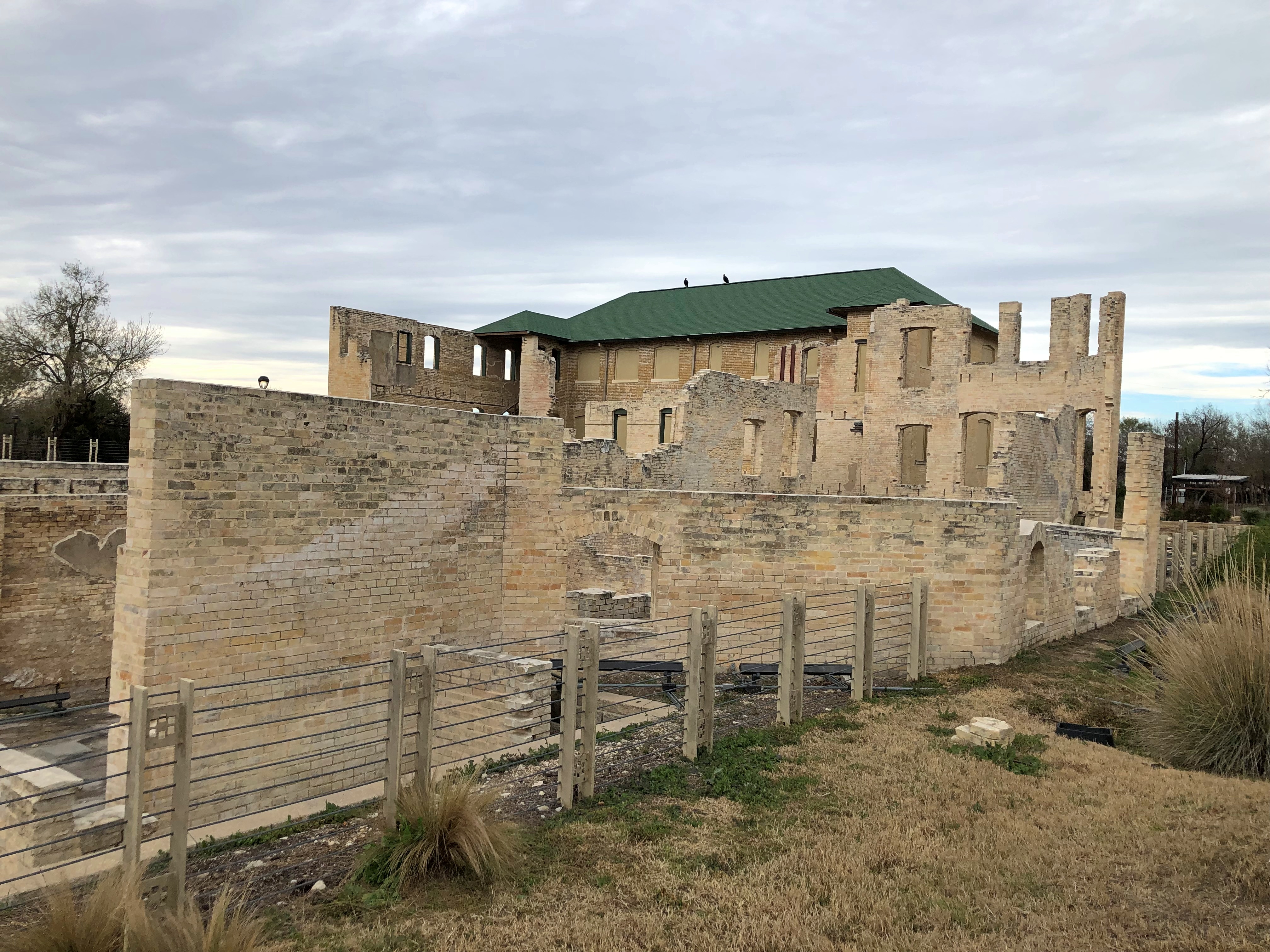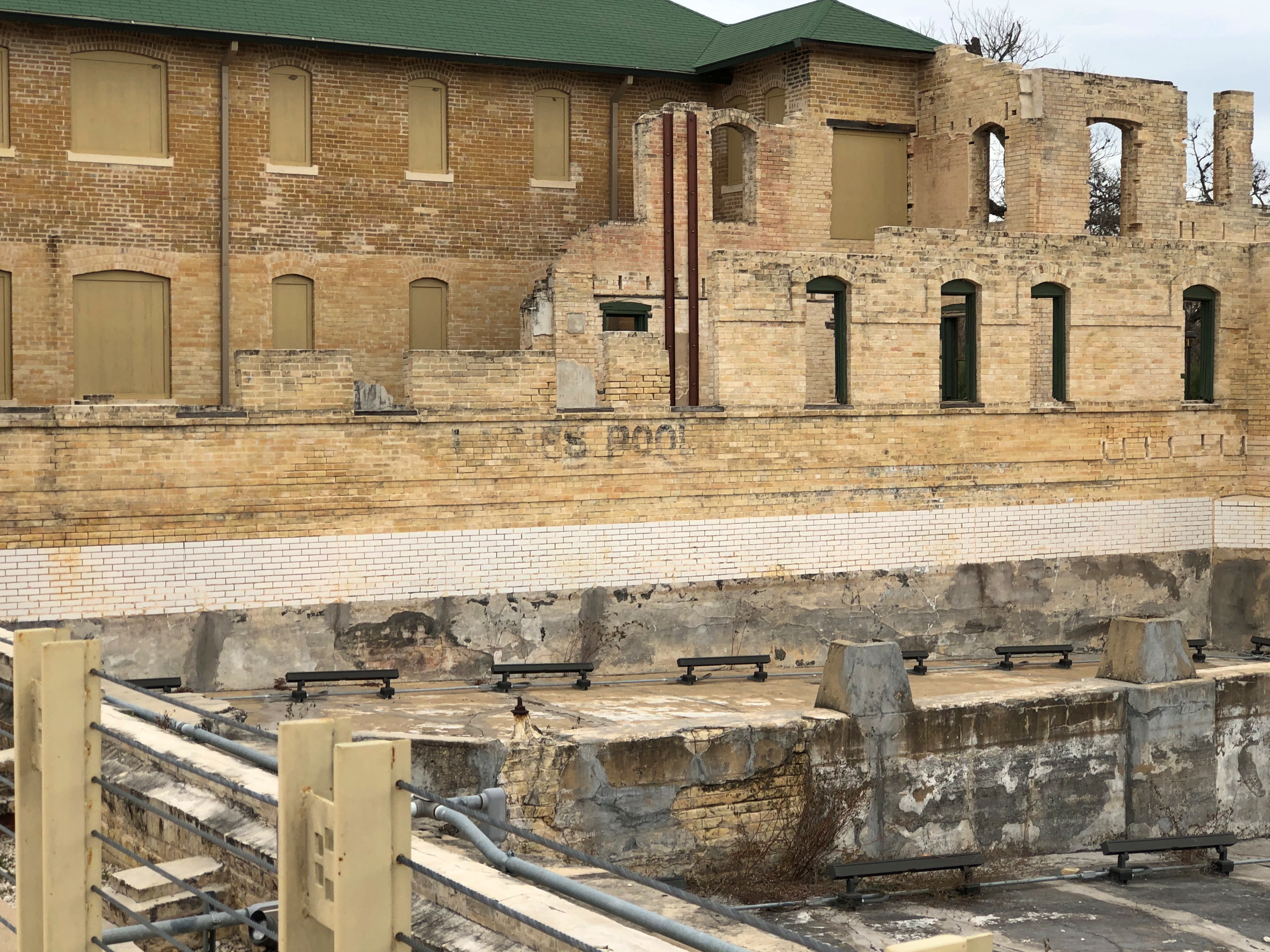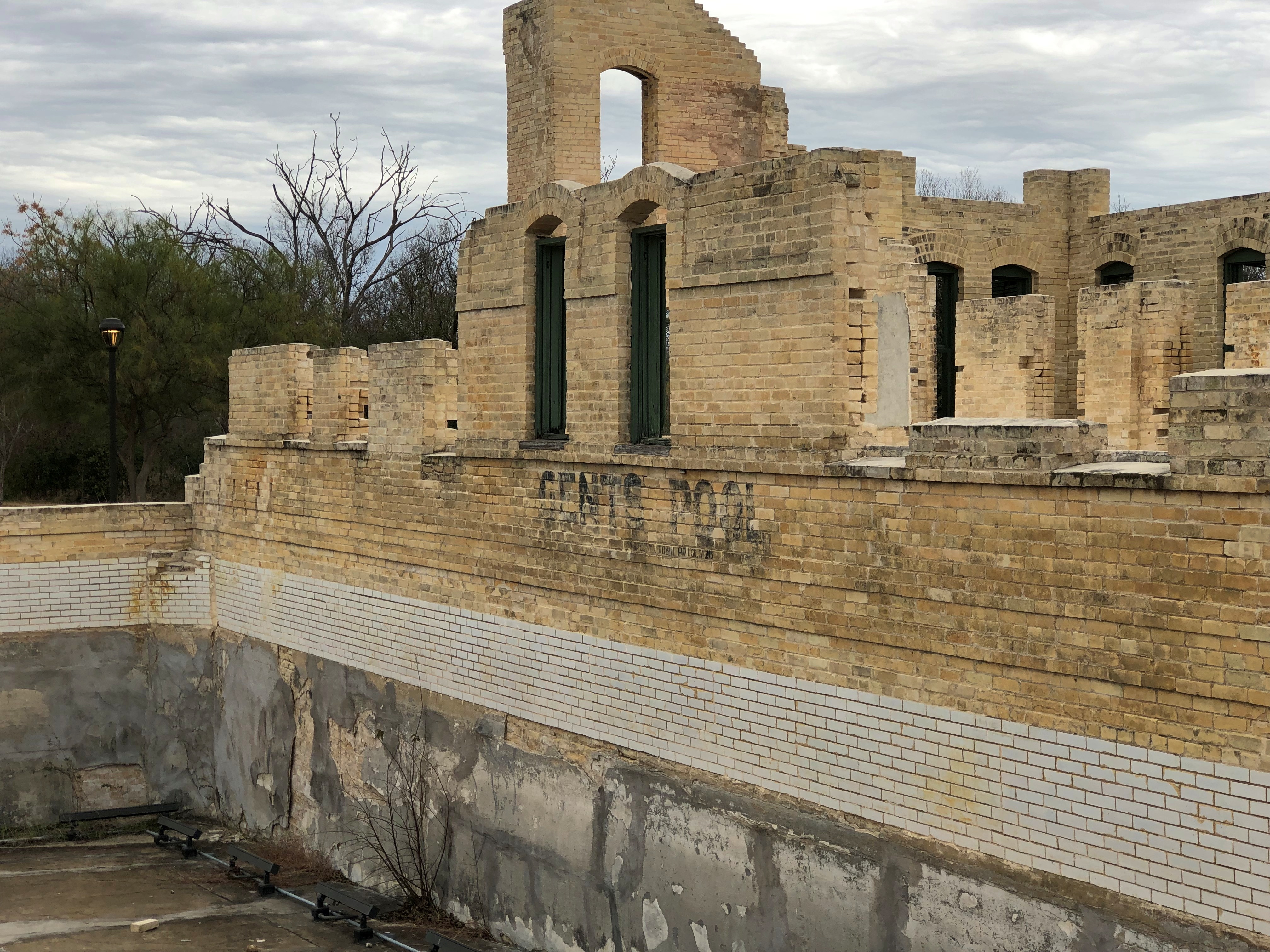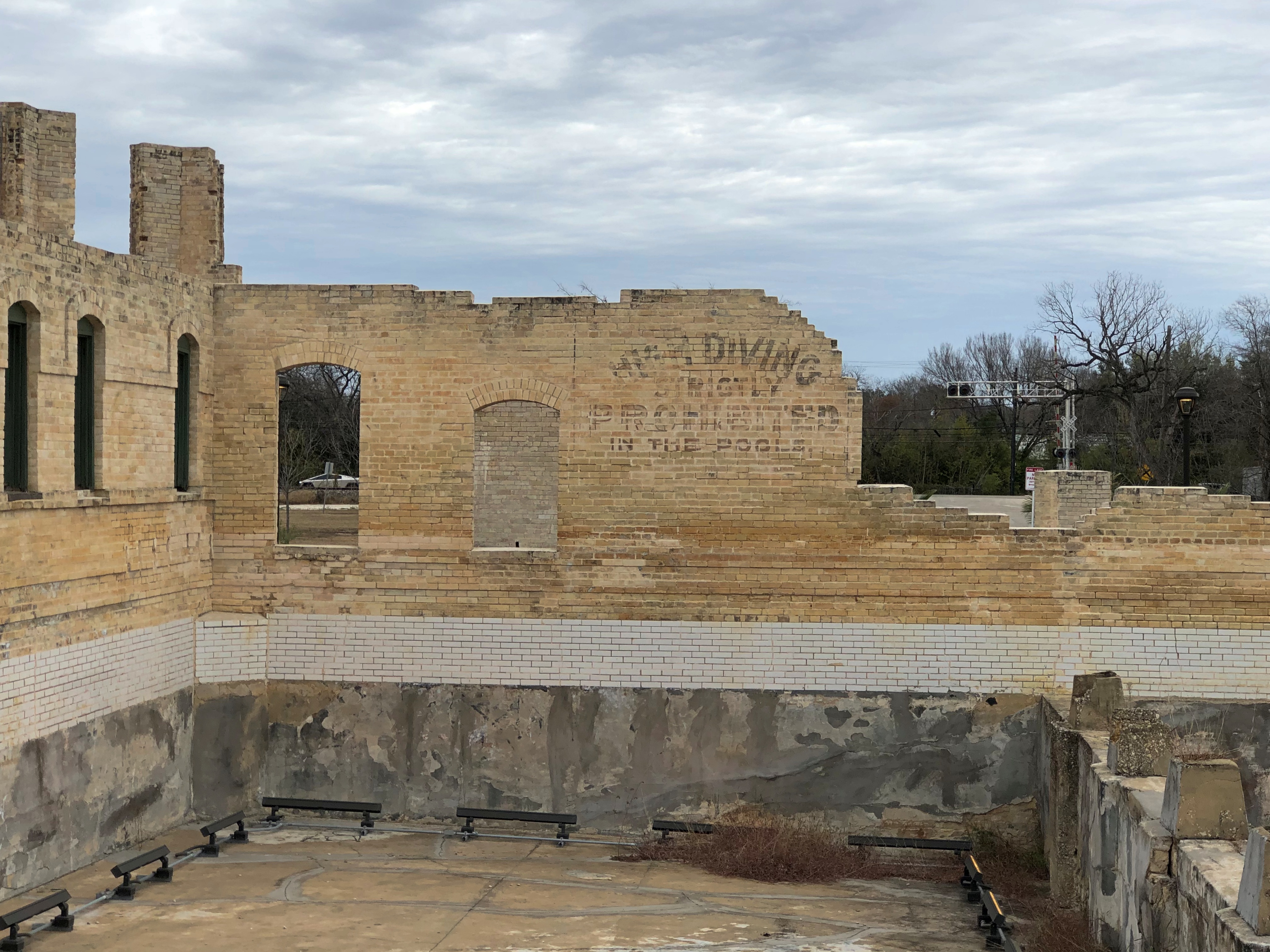Mere hours after I returned home on Friday evening, an intense burst of wind ’round midnight toppled the Wisconsin Buddha in my back yard, among other things, such as most of our back yard fence. Guess it’s better that I’m here to deal with the debris in the yard, calling our insurance company, etc.
Setting the Wisconsin Buddha upright was an easy part of cleaning up the back yard. Our little blue-green statue may serve as a reminder of the impermanence of things, but it hasn’t been completely destroyed by time. Yet.
You can also say the same for the much larger, much better known Kamakura Daibutsu, or the Big Buddha of Kamakura, a city on the edge of metro Tokyo-Yokohama. We visited on a cool and sunny, pleasant day in mid-February. It sure looks permanent, but you could say that’s illusion.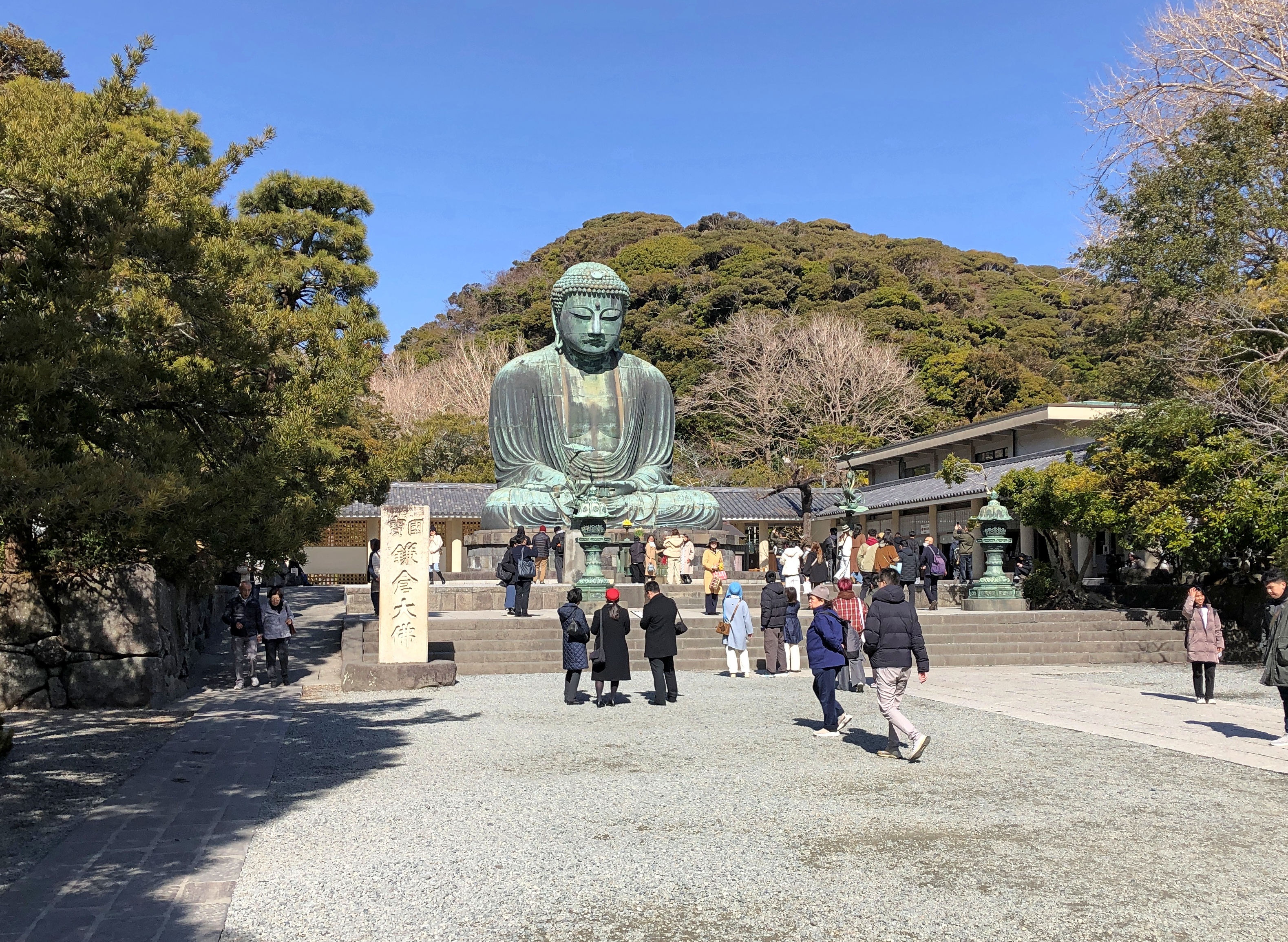
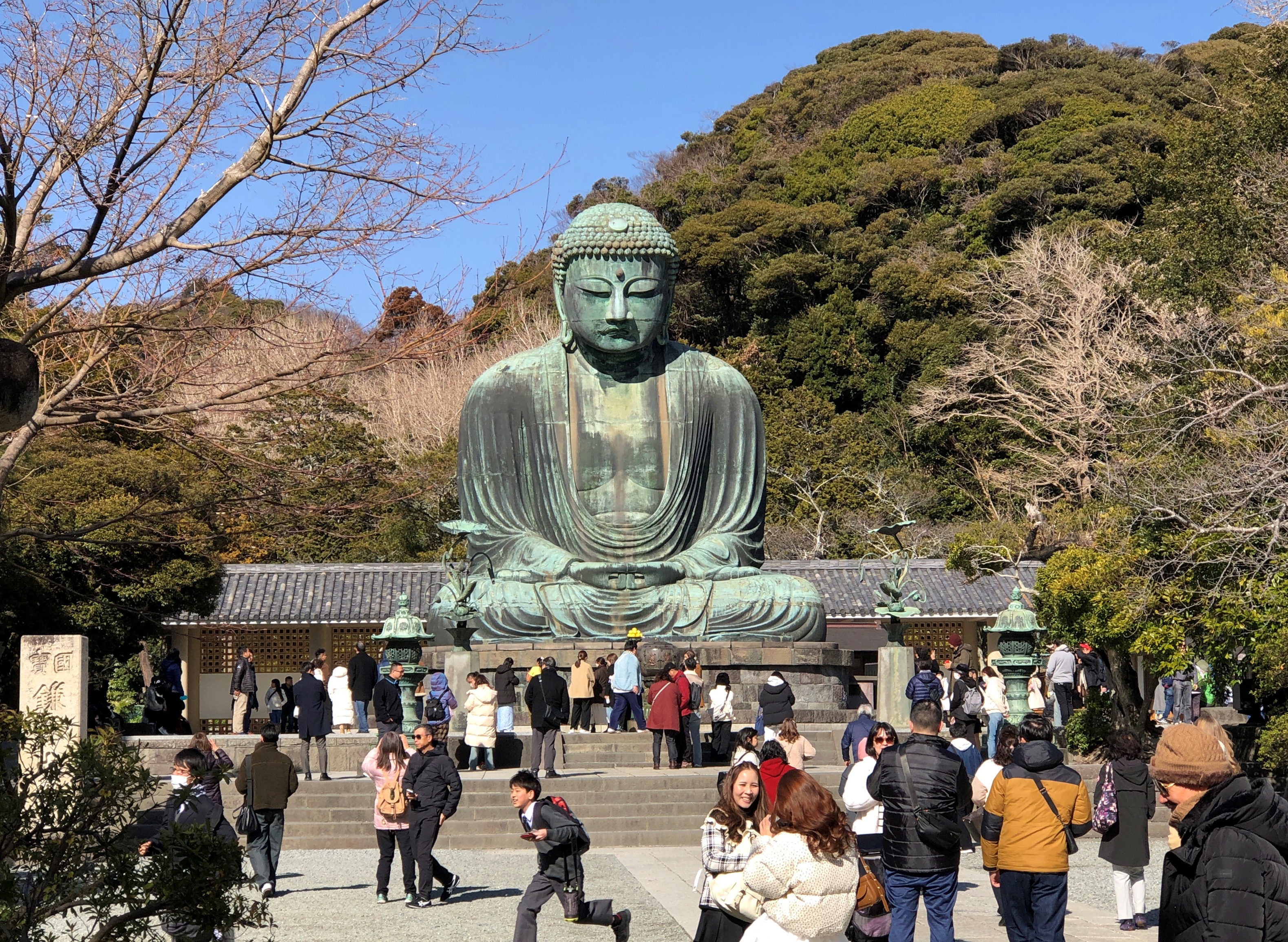
Something else to consider when you face a bronze of this heft: Does the size of a Buddha, or more exactly Buddharūpa (depictions of Buddha), matter when it comes to conveying Buddhist ideas?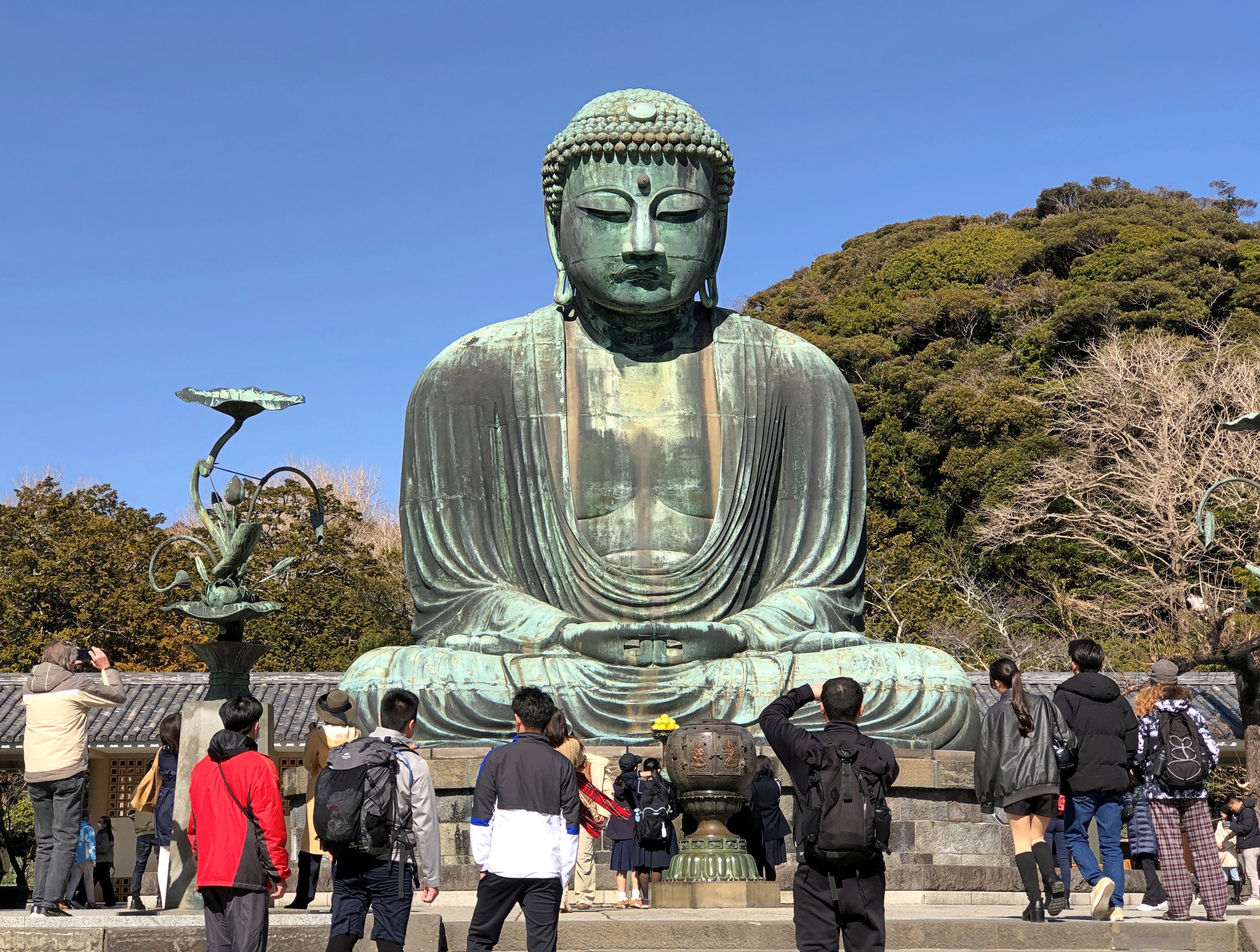
I can’t call myself expert enough to answer that, but somehow I suspect not. When it comes to impermanence, my small Buddha would seem to have just as much to teach. Just not as many students.
The Big Buddha at Kamakura dates from a period in Japanese history known as the Kamakura period, which is all of our 13th century and more, and a time that, for a while anyway, this seaside town was the hub of government for the Japanese islands: an early shogunate, emerging from the winning side of a bloody war between clans, and in fact the moment in history when the samurai caste consolidated its power. How cool is that? We’re talking about a capital founded by samurai, for samurai.
Buddhist sects flowered under the new order, I think not coincidentally, and with enough vim to leave behind temples and memorials of all sorts in the region – such as the massive bronze Daibutsu. These days, it attracts tourists in numbers probably undreamed of by earlier centuries, when trickles of pilgrims or scholars or mystics came.
The seated Buddha, 43 feet or so to the top of his head, weighs about as much as seven and a half Mack trucks with trailers. It is an Amida Buddha that began as a large long-gone wooden statue, a structure much more impermanent than the bronze that came later (about AD 1252), its existence due to a vigorous new branch of Pure Land Buddhism in Japan in Kamakura times. Down the centuries since then, various halls built around the giant have burned down and been rebuilt (but ultimately not) and the statue itself has been damaged in earthquakes and floods and repaired and restored and listed as a special site, including part of a nomination as a World Heritage Site.
For ¥50 extra, about 50 cents, you can go inside. For a moment, I was giddy as a schoolboy. I get to go inside a giant, ancient Japanese statue?
The status shows its age – how susceptible it is to the passage of time – its impermanence – more in there.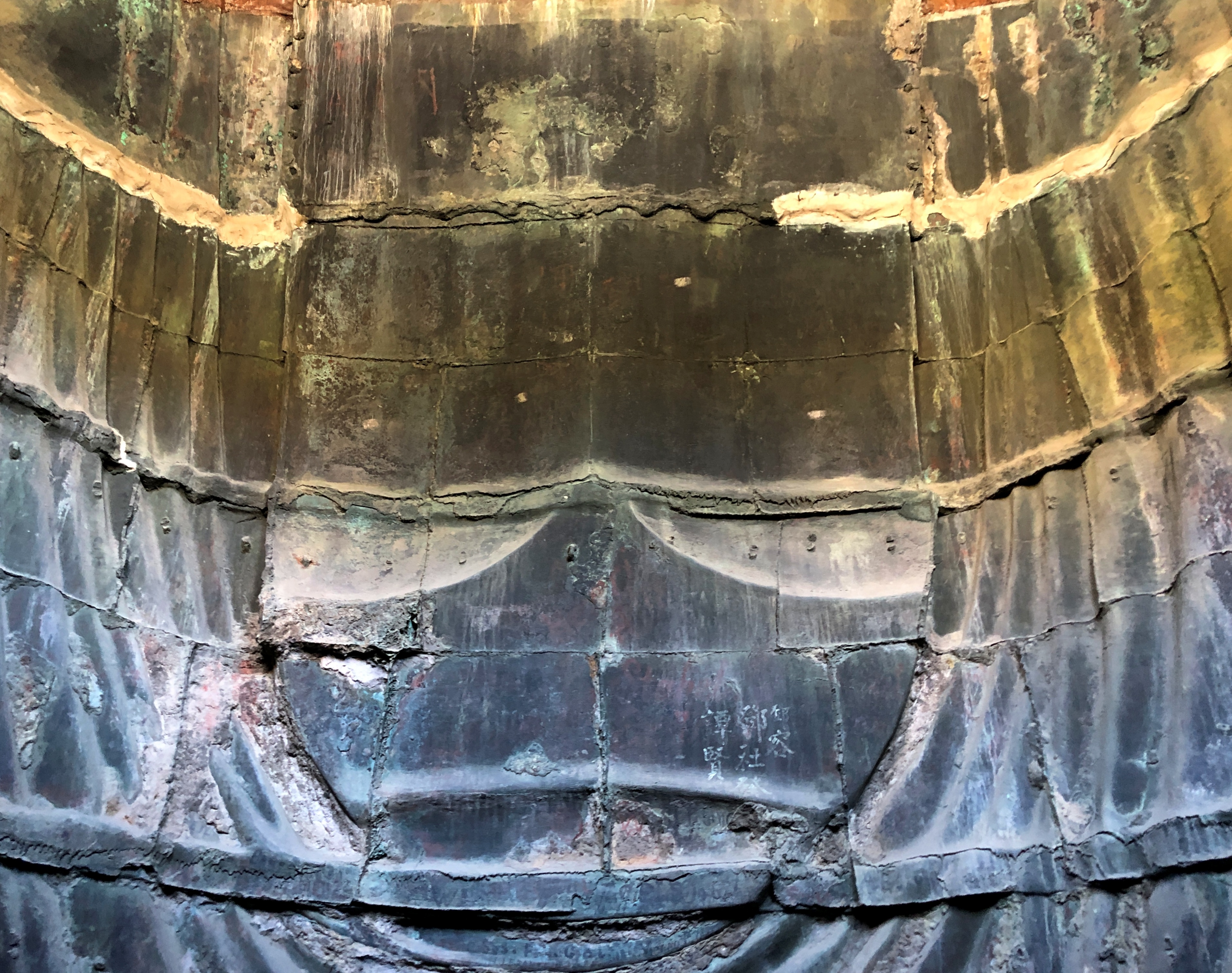
Looking into the head of the Kamakura Daibutsu.
Outside again. How is it that the metal giant has such graceful lines?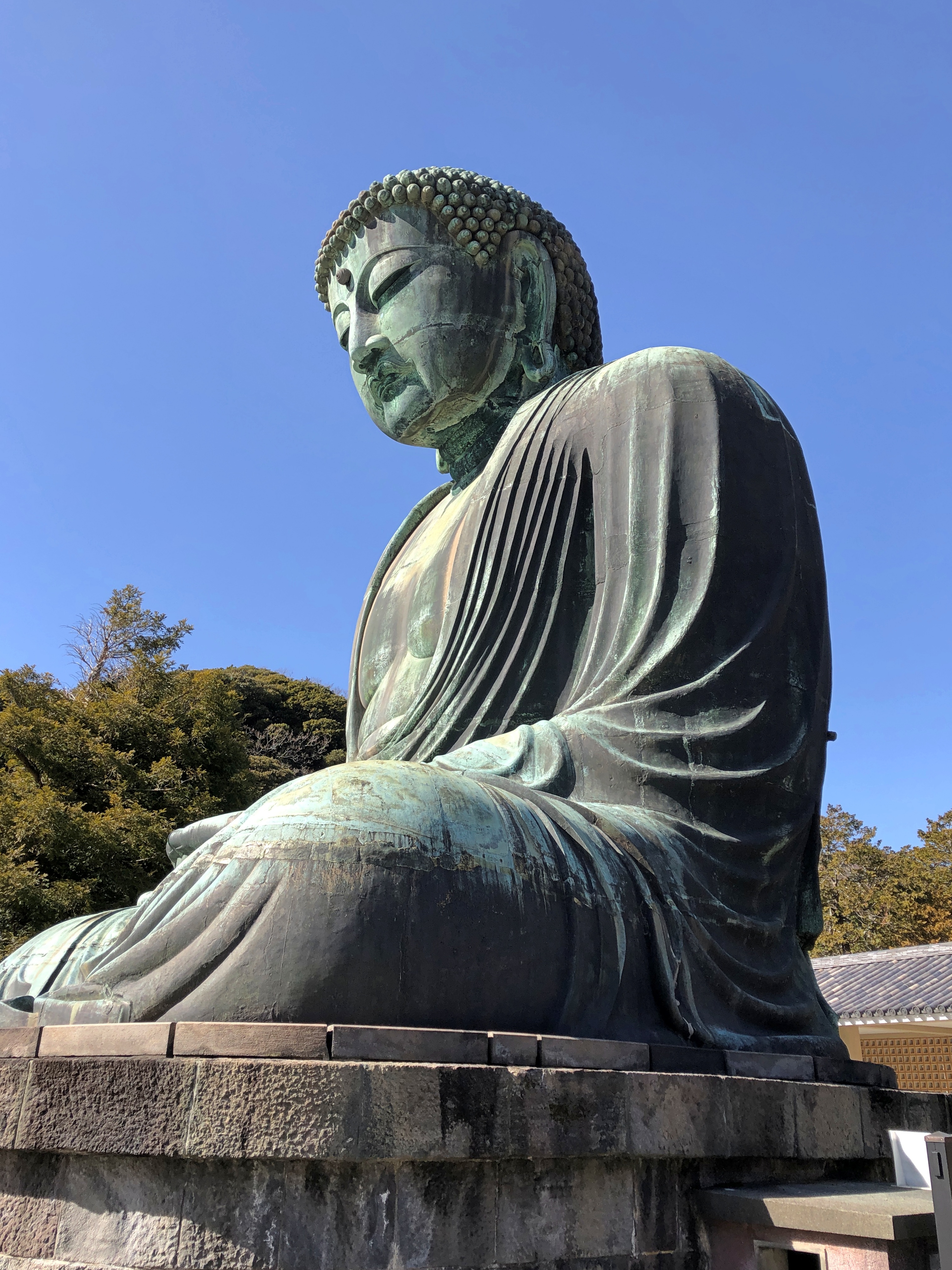
Having your photo made at a tourist site: near universal, isn’t it? It’s regarded as tinged with silliness, this custom. Some people think that, anyway.
No. Revel in it.
